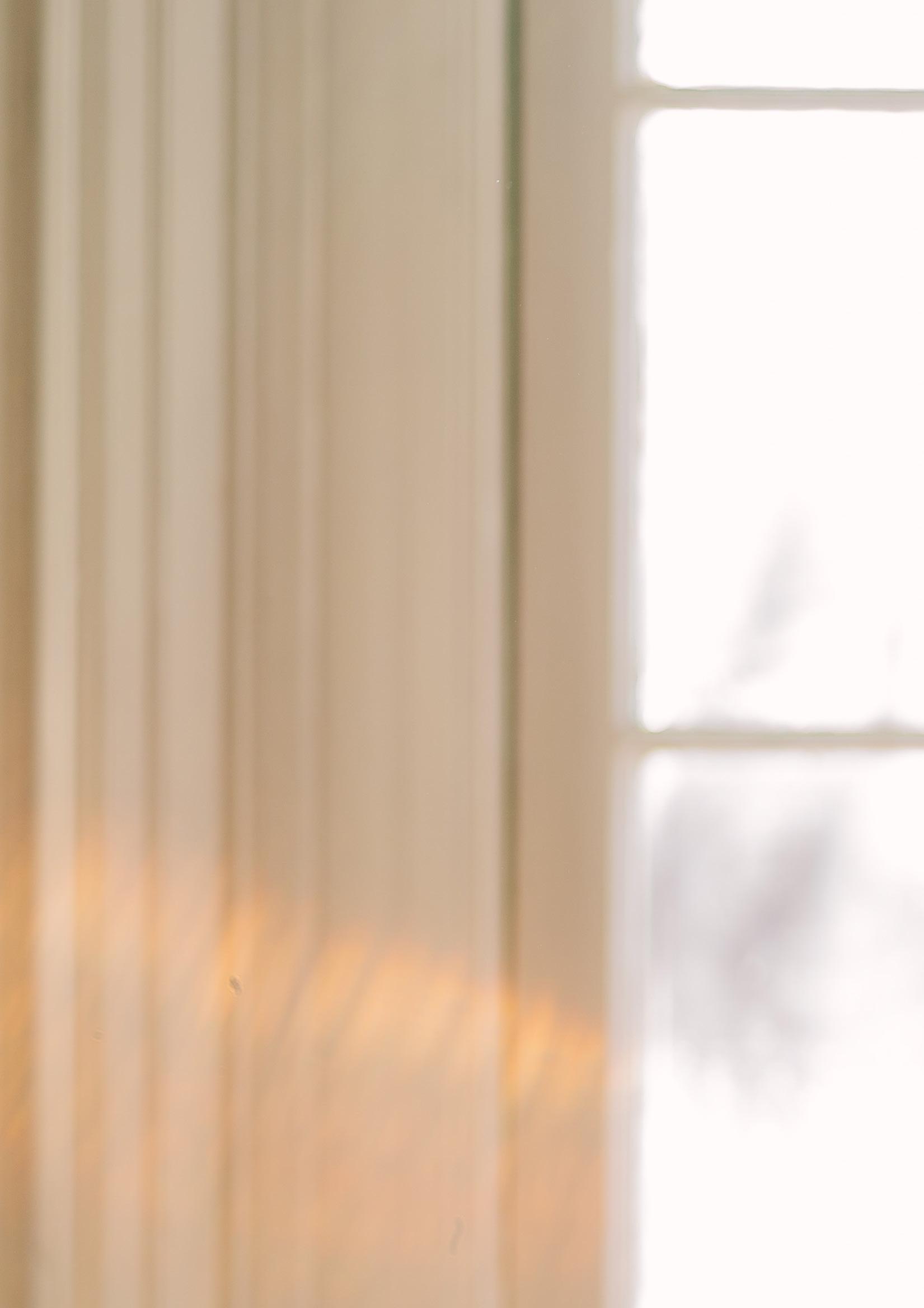
COVER & INSIDE COVER PHOTOS




Welcome to NWAC’s social innovation and entrepreneurship edition. This edition highlights both radical and Traditional approaches promoting growth and success for Indigenous women, girls, Two-Spirit, transgender, and gender-diverse+ (WG2STGD+) people, advocating for Indigenous entrepreneurs and innovators.
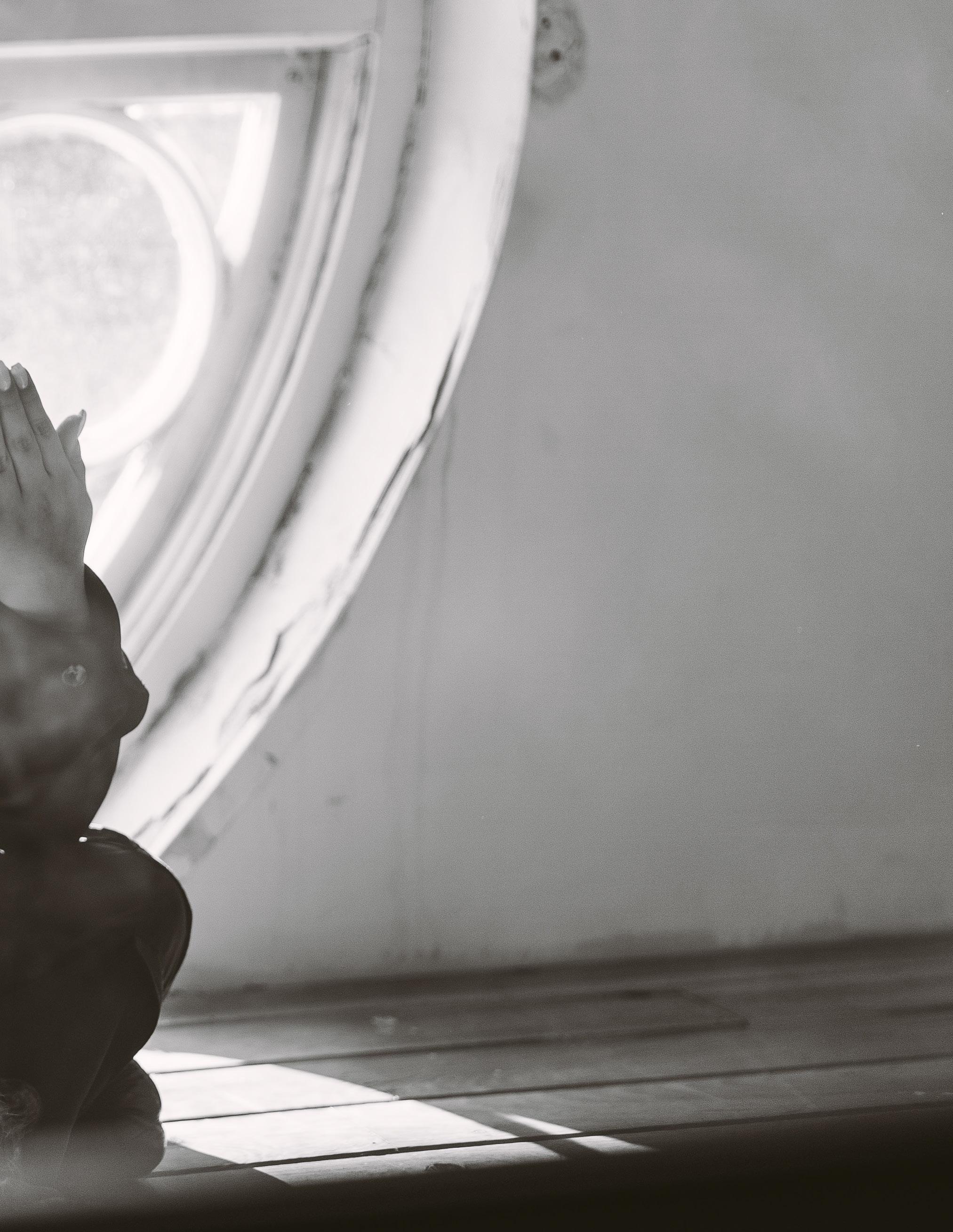
P/ 06.
MIIGWETCH | Message from the CEO / Directrice Générale, LYNNE GROULX
P/ 08.
First Light | Collaboration, Inclusivity, and Embracing Differing Opinions Lead to Organizational Growth
P/ 12.
Jacob Crane | Decolonizing Entrepreneurship
P/ 16.
Chief Clarence Louie | Hard Work Is the Key
P/ 19.
The 13 Initiative: Growing Innovative Ideas, Passions, and Dreams
P/ 22.
Autumn Whiteway | Creating Activist Dialogue and Highlighting Indigenous Voices Through Art
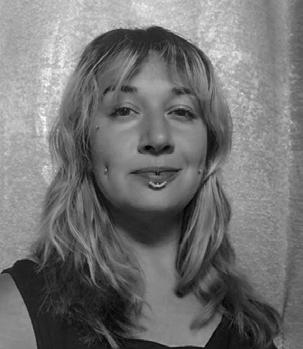
P/ 26.
Marcie Sinclair | What One Sewing Machine Could Do … If Only
P/ 30.
Sunshine Tenasco | Powwow Pitch Uplifts the Person and, Ultimately, the Community
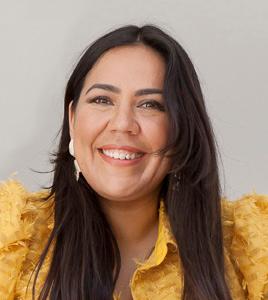
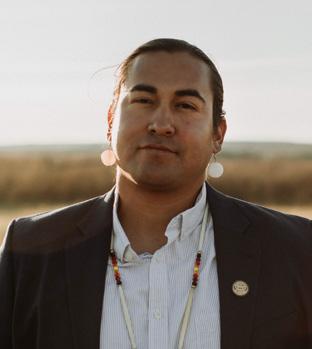
P/ 12.
Students learn to Indigenize and decolonize business spaces, creating regenerative, community-centred models with the potential to reduce poverty and address disparities faced by Indigenous Peoples.
P/ 19.
A star-blanket artist from Fisher River Cree Nation strives to overcome financial barriers to secure a long-armed sewing machine to revolutionize her business.
P/ 30.
Aliquam in fermentum urna. Qsque id odio dict varius sem eget, eleifeumsan eget. Seistique massa sit.
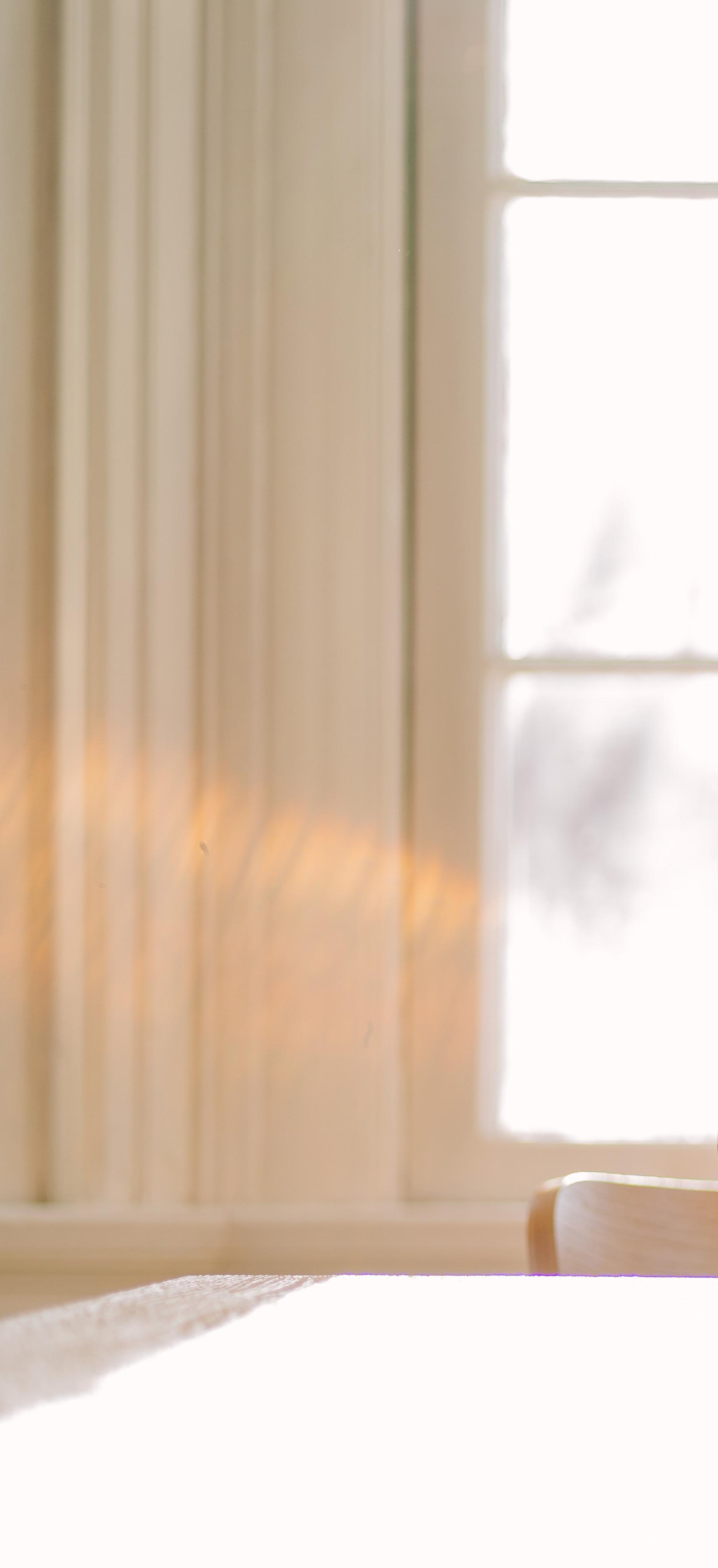
to the 19th edition of Kci-Niwesq, the magazine of the Native Women’s Association of Canada (NWAC).
In these pages we bring you stories about entrepreneurship and the social innovation that is giving Indigenous Peoples control of their economic future—and benefiting entire communities in the process.
In 2020, in Canada, there were more than 60,000 Indigenous-owned businesses that contributed almost $50 billion to the Canadian economy—a number that has unquestionably increased over the past three years. According to the Royal Bank, the number of Indigenous business owners is growing at five times the rate of selfemployed Canadians, and Indigenous women, girls, TwoSpirit, transgender, and gender-diverse+ (WG2STGD+) people are starting businesses at twice the rate of nonIndigenous women.
We at NWAC want those trends to continue because entrepreneurship and control over financial security is the key to solving so many of the problems endemic to Indigenous WG2STGD+ people.
Clarence Louie, the chief of one of the most economically successful First Nations on the continent, tells us that the Indigenous Peoples of the Americas must become financially self-sufficient—something that will take hard work—if they are to regain the independence stripped from them by European colonizers.
We’ll share with you what the Indigenous Innovation Initiative is—why there is such a need for these services, how it helps Indigenous Peoples grow their innovative ideas and contribute to economic independence.
Autumn Whiteway (Night Singing Woman), who is an archeologist by profession, is now focused on curating exhibitions that showcase the work of Indigenous artists (including her own.) Her business, she says, is about elevating the voices of Indigenous WG2STGD+ people and drawing focus to Indigenous motherhood and matriarchy.
Stacey Howse, Executive Director of First Light, shares how rebranding the St. John’s Friendship Centre has positioned
First Light as an innovative leader steering organizational growth, inclusivity, and efficiency among friendship centres across Canada.
We take a look at the Indigenous Entrepreneurship program at the University of Waterloo, where students are taught that Indigenous businesses do not have to be structured along established colonial lines.

Marcie Sinclair, a Cree and Ojibway woman from Manitoba, tells us how a long-armed sewing machine, which is prohibitively expensive (at least for the moment), could take her star-blanket business to a new level and bring in more money for her family and her community.
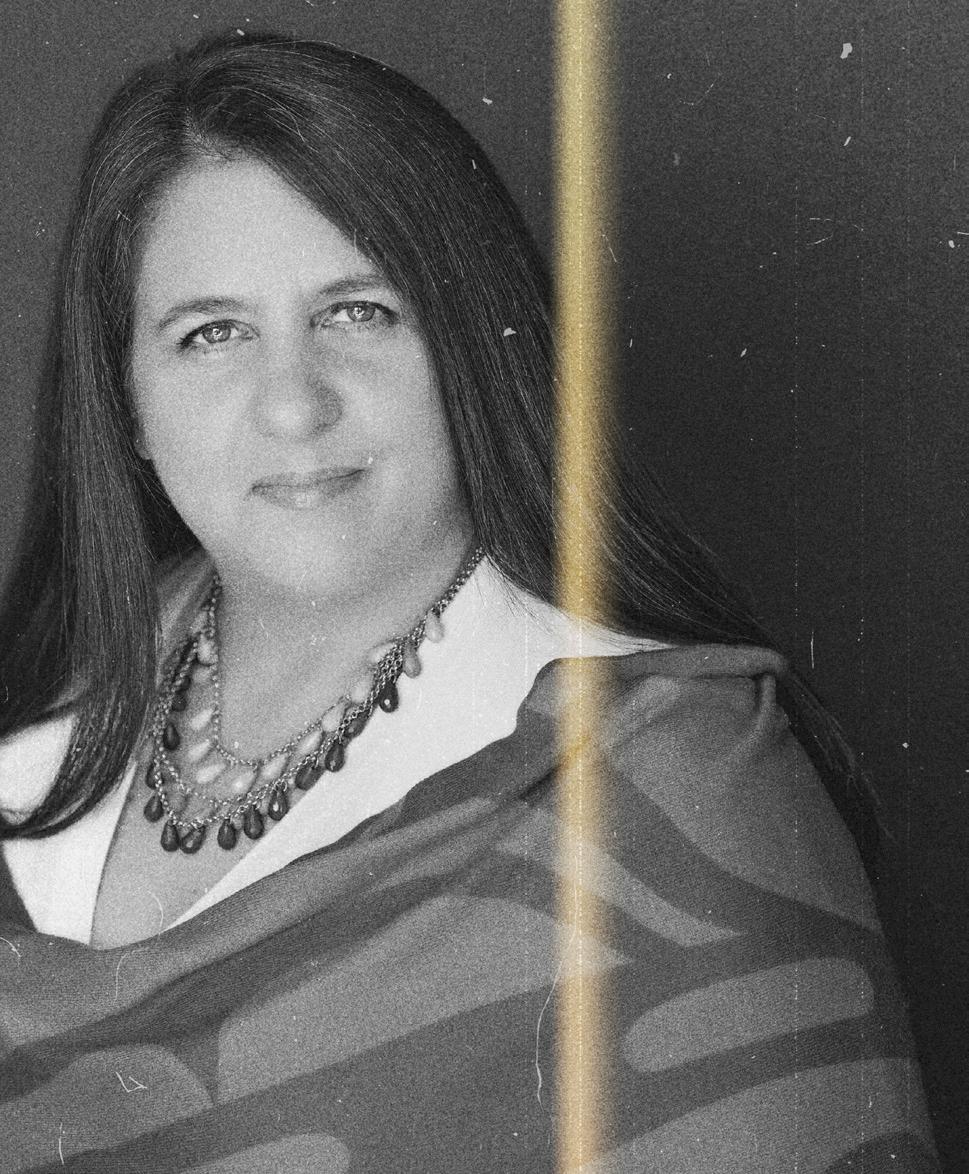
Sunshine Tenasco tells us about Powwow Pitch, the business she created to give Indigenous entrepreneurs a chance to showcase their ideas in a forum that would have been familiar to her Anishinaabe ancestors—the powwow. Powwows have always involved trade, she says, so it only makes sense to bring the concept to the places where entrepreneurship is already happening.
So, thank you once again for opening the pages that follow. Thank you for reading the 19th edition of Kci-Niwesq. Please drop us a line and let us know what you think at reception@ nwac.ca.
MIIGWETCH.
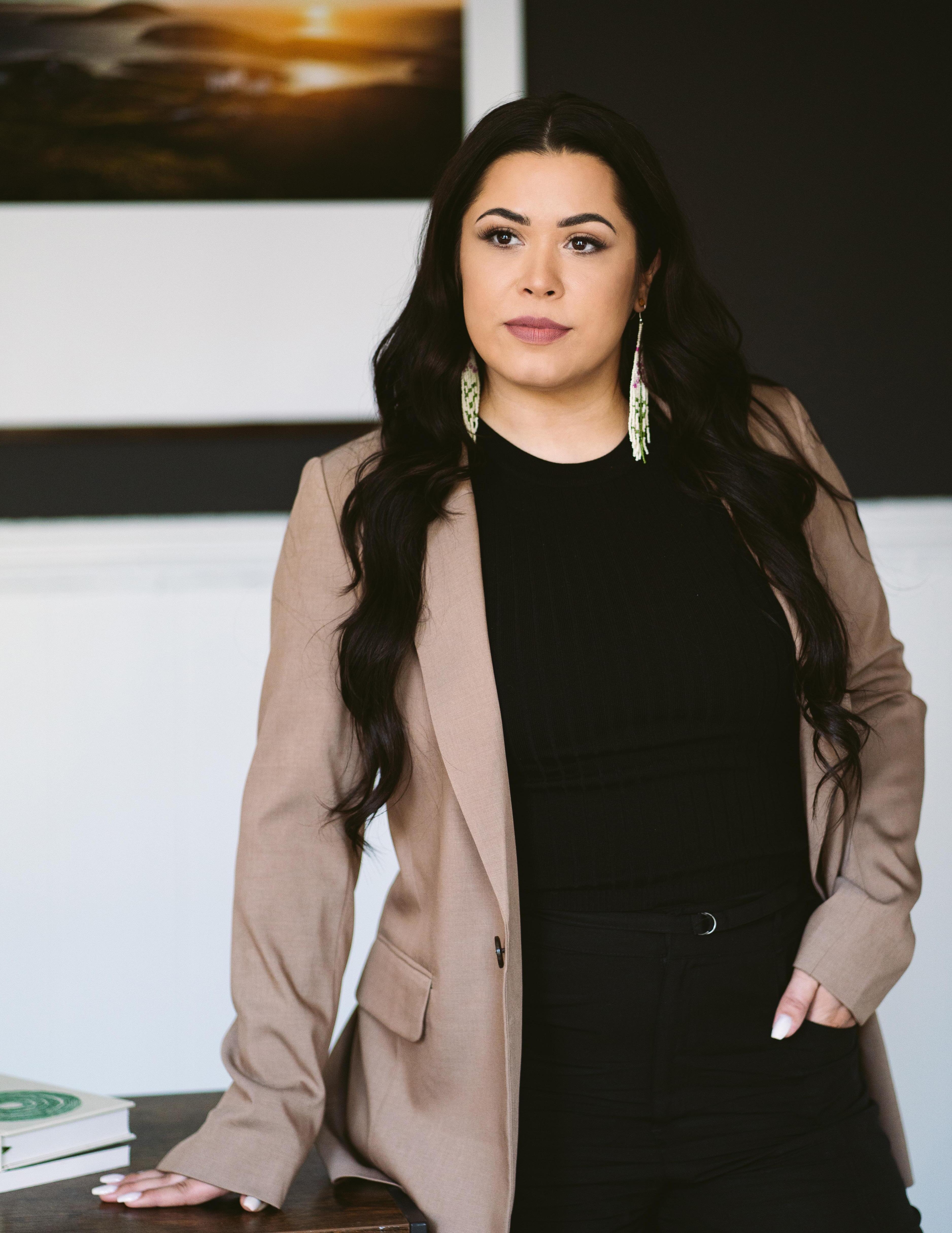
as an organizational rebrand for the St. John’s Native Friendship Centre has now become an example of innovative leadership, steering organizational growth, inclusivity, and efficiency among friendship centres across Canada.
In 2018, the St. John’s Native Friendship Centre underwent major transformation to evolve to “First Light.” A new name, logo, brand, website, and organizational restructuring took place in an effort to ensure the organization would be more inclusive, approachable, and community-centred.
The new name itself has multiple levels of deep meaning. “First” gives recognition to the First Peoples of this land, while “Light” represents a beacon of hope, connection, and welcoming. Together, First Light also gives reference to its geographical location, as St. John’s is the first on the continent to experience the sunrise each morning.
“First Light” is an innovative example of leadership, inclusivity, and efficiency, fostering organizational growth and inclusivity.
“We wanted it to be the first point of contact for any Indigenous person who was coming to the city,” says Stacey Howse, a Mi’kmaw woman and member of Miawpukek First Nation, and Executive Director of First Light. It was also integral, as part of the rebranding efforts, that First Light be inclusive of non-Indigenous allies, as First Light is a welcoming space for all.
“We also want it to be the first point for non-Indigenous people to contact when they are looking for a way to contribute toward reconciliation,” Ms. Howse says, adding that the former name didn’t make it clear that the organization welcomed non-Indigenous people.
“When we started talking about rebranding, the reason for that was because a lot of people had this perception that if you weren’t Indigenous, you couldn’t go to the Native Friendship Centre. A lot of our programs and services are open to everyone, we have an open-door policy, and we’re status blind,” Ms. Howse says. “At the time we were launching a cultural diversity social enterprise, which is specifically to educate non-Indigenous community members. We wanted to make sure that our name reflected what we were actually doing.”
While marketing and outward imaging was important in the rebranding, internal organizational restructuring was equally important for First Light.
“We had grown to a point where we didn’t have a formal structure. We were chasing money, making programs fit the funding opportunities, and we knew that wasn’t the best thing for our community. We were well aware of the needs of the community. We had seen the existing gaps in programs and services. We knew what we needed to provide, but we hadn’t streamlined our efforts,” Ms. Howse explains.
The first step was developing departments to ensure efficiency and financially sound operations.
“Staff were competing internally for funding, because as a non-profit, we wanted to make sure we had salaries come March 31. There were no real focus areas,” Ms. Howse admits. “Once we had focus areas, or departments, we were able to work together and build on each other’s strengths. That’s when the success really took off.”
With community needs at top of mind, coupled with a deep focus for organizational collaboration and efficiency, First Light was able to switch its approach from chasing
the money to acquiring the funds necessary for delivering desired services.
“We made sure that the funding was there to support the needs of the community. Because we had staff focusing on certain areas, we were able to fully maximize the benefit in each department. For example, we became more successful in operating our social enterprises and had a whole new revenue stream that we were able to use to support the community when government funding was not available. For the first time we were able to determine our own priorities,” Ms. Howse says. This ensures that even without federal and provincial funding, First Light is still able to prioritize needs and operate necessary programming based on revenue generated internally.
With such successful rebranding and restructuring, First Light has been able to offer its expertise to other organizations, especially other friendship centres, on multiple occasions.
“Our social enterprise cultural diversity training has been extremely successful,” Ms. Howse says. Though cultural diversity training certainly isn’t a new idea or service, what set First Light apart from the rest was how it was uniquely catered for its geographic region.
“There are many cultural diversity trainings that you can find online or across Canada, and it focuses on the history of Indigenous Peoples in Canada. However, Newfoundland and Labrador has a very unique history when it comes to Confederation, 1949, the fight for our recognition and rights, and that wasn’t in any of the other training,” she says. “We were able to capitalize on that opportunity and have it become extremely successful.”
“Empowering and supporting others, and not feeling like everything’s a competition, is something I had to learn. Being able to collaborate and work together to come up with new ideas and solutions is really the way forward.”
First Light has sent members of its team to mentor staff at Under One Sky Friendship Centre in New Brunswick, and at an Aboriginal Friendship Centre in Saskatchewan.
Transitioning to First Light didn’t happen overnight, and it certainly wasn’t without growing pains and setbacks, Ms. Howse explains.
“I think a lot of it is just anticipating resistance, allowing that grace period—that transition period—and being patient. It took a while, to be honest,” she says.
“One of the internal teams from the Business and Operations department—we call it the Solutions Team—is always working on ways that we can be more efficient. With that, comes constant change,” Ms. Howse admits. “We’ve gotten really good at taking our time, making sure people really understand it, walking them through the process, and being available for any support and help that they may need.”
Not everyone is comfortable with change at first, Ms. Howse admits. However, the First Light team listened to the different opinions and allowed the staff’s diversity to flourish growth.
“I think it’s really great to have diversity of perspectives. You have to be okay with working with, and having conversations with, people who have different opinions than you do. We’re not all on the same page, and that’s okay,” Ms. Howse says.
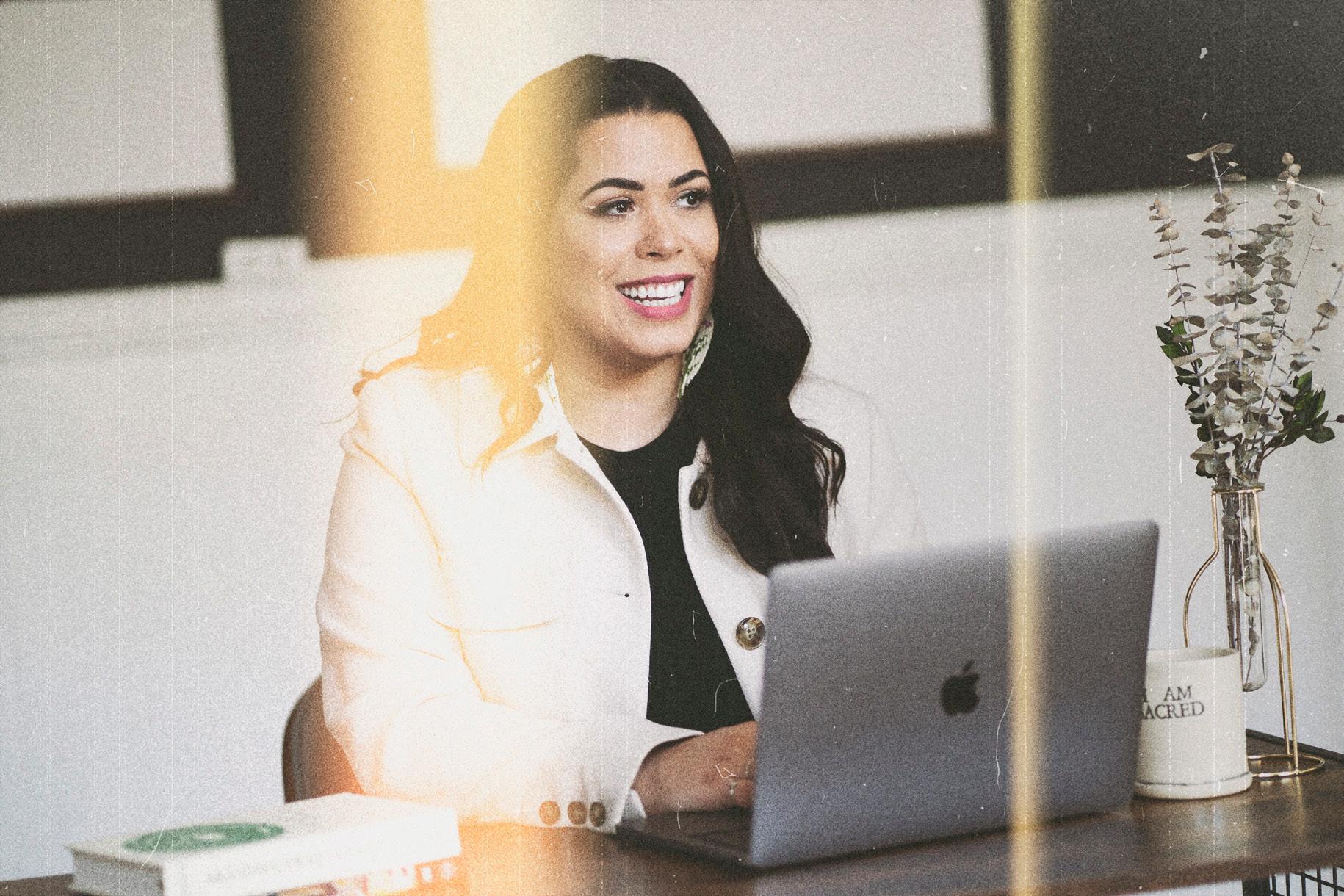
“And I think … recognizing that someone else’s strength doesn’t demonstrate your weakness. You have different skills, and you have to be confident in what you bring to the table,” she adds.
“Empowering and supporting others, and not feeling like everything’s a competition is something I had to learn. Being able to collaborate and work together to come up with new ideas and solutions is really the way forward. Often, in that discomfort of not agreeing is when the best ideas are revealed.”
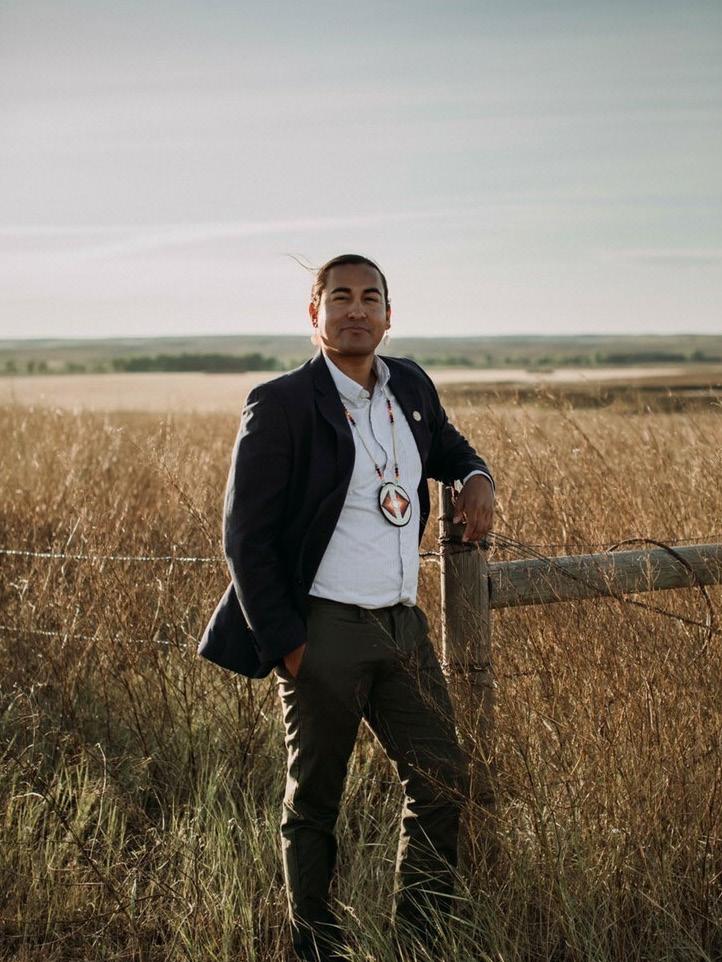
Students learn to Indigenize and decolonize business spaces, creating regenerative, community-centred models with the potential to reduce poverty and address disparities faced by Indigenous Peoples.
do not have to be structured along established colonial lines. That’s one of the lessons being taught to students who are enrolled in the Indigenous Entrepreneurship program at the United College of the University of Waterloo.
Indigenous entrepreneurship is also more communitybased than traditional entrepreneurship, says Jacob Crane, who manages the program created to help Indigenous entrepreneurs understand that they can do things in ways that feel culturally true.
“The aim of the Indigenous Entrepreneurship program is to support Indigenous students across the country in starting a business, and growing their business,” Mr. Crane, a member of Tsuutina First Nation in Alberta and an experienced entrepreneur, said in a recent interview. It’s about “getting their ideas to fruition and seeing what
“This really is putting Indigenous Peoples in the driver’s seat. With the right support, the right tools, and the right knowledge, folks can really determine what their future looks like and how fast they want to get there.”
- Jacob Cranehappens after that—seeing Indigenous stories ignite with business planning.”
Carol Anne Hilton, the CEO and founder of the Indigenomics Institute, has described Indigenous entrepreneurships in Canada as a “powerful explosion.” Statistics Canada says $48.5 billion of the country’s gross domestic product was attributable to Indigenous Peoples in 2020, and that number is believed to have grown significantly since then.
The Indigenous Entrepreneurship program was created to foster success in young Indigenous People who want to be part of that trend. It follows on the ground-breaking work of Frances Wesley, a University of Waterloo professor who helped pioneer the field of social innovation in which economic initiatives ultimately improve the wellbeing of individuals and communities.
The undergraduate program began in 2021 with a little over 20 students, all of whom identify as Indigenous. The fact that it started in the middle of the pandemic meant there were new opportunities for doing things differently, says Mr. Crane. “COVID was a huge dynamic that made many of our Nations and communities change the way we do business, the way we teach.”
With that first cohort, he says, it became apparent that many Indigenous People want to Indigenize the business space, and some want to decolonize it.
When entrepreneurs Indigenize the business space, they layer their own
Indigenous voice and flare onto a mostly colonial setting. When they decolonize the space, they break down the traditional framework, structure, and mechanisms of business and then rebuild them in a decolonial style.
For instance, explains Mr. Crane, traditional businesses will have a chief executive officer and a chief financial officer, and then there are triangular lines of authority to show the power structure right down to the lowest level of employees. “That is a colonial structure under a colonial framework,” he says.
Indigenous businesses are more like circles with everything pointing inward to the community. The business owner is “no longer at the top, they’re actually supporting community on the inside,” says Mr. Crane.
“That is a decolonial structure. It could be a circle of sweetgrass or of sage,” he says. “But it doesn’t have to be a circle. It could be a flower that’s stemming from the earth, and the community might be the root and then the first flower pod could be something, and then the second flower pod could be something else. That’s a decolonial structure that’s more Indigenous-friendly and serves the community.”
The advantages of that type of structure are that the community, and the people being served by the business, are always at the forefront, and the structure does not exclude anyone, says Mr. Crane.
“It gets rid of that aristocratic style that’s been pushed on us through colonialism. Those systems, structures, and mechanisms that are colonial do not work for Indigenous Peoples.”
Traditional business structures force employees to climb a corporate ladder, which is not always possible for people who do not have the right educational or professional background, says Mr. Crane. “So, you’re always going to be down at the bottom because you can’t get out of that system. But if you change the system, then it’s more inclusive.”
The Indigenous Entrepreneur program is adjusted to meet the students’ business aspirations, he says. “A student might not want to do a decolonized business,” he says. “Maybe they want to Indigenize the business, or maybe they want to have a traditional business. We try to meet them where they are.”
Overall, says Mr. Crane, the program is a crash course in Indigenous business models, decolonizing finance, and decolonizing financial literacy, marketing, and business planning. And the possibilities that entrepreneurism holds for improving the lives of Indigenous Peoples across this country is huge.
If a circle was drawn to include all of the solutions to the harms caused by colonialism—climate justice, Indigenous knowledge, language, treaties, reconciliation, economic development— Indigenous entrepreneurship would be

very near the centre, says Mr. Crane. It has the potential, he says, for reducing poverty and for reducing MMIWG2S+ disparities.
“This really is putting Indigenous Peoples in the driver’s seat—of driving not the way that colonialism wants us to go,” he says. “This really is an Indigenous solution to the hiccups that colonialism has caused our communities and our Nations. With the right support, the right tools, and the right knowledge, folks can really determine what their future looks like and how fast they want to get there, and how they work hand in hand with the natural world, and how to better support their community.”
When someone starts an Indigenous business, says Mr. Crane, 20 people within their community are positively impacted within the first month. “That’s part of the just transition—building these economies that are regenerative, that are different, that aren’t focused on extracting from the people, but are actually building the people up as we’re moving on.”
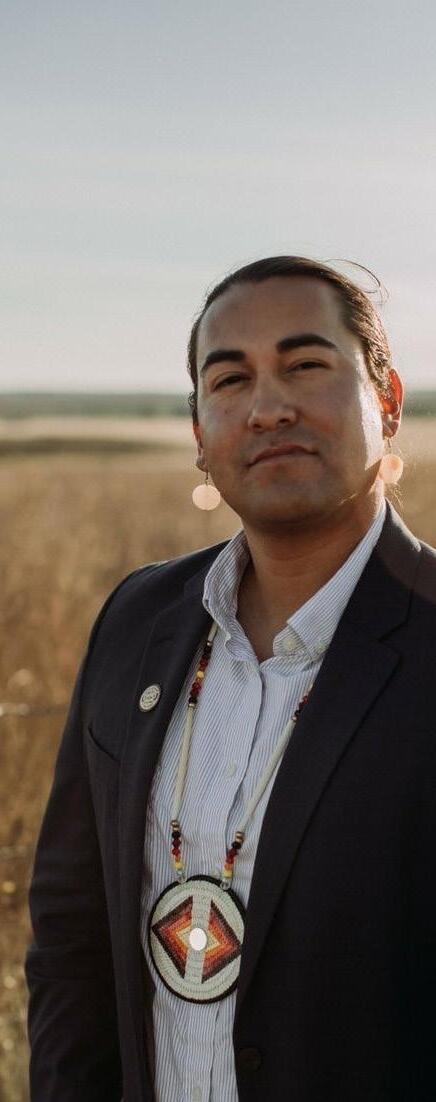
“Indigenous businesses are more like circles with everything pointing inward to the community. It could be a circle of sweetgrass or of sage. Or it could be a flower that’s stemming from the earth, and the community might be the root and then the first flower pod could be something, and then the second flower pod could be something else.”
- Jacob Cranesays the Indigenous Peoples of the Americas must become financially self-sufficient—something that will take hard work—if they are to regain the independence that was stripped from them by European colonizers.
Mr. Louie is the chief of one of the most economically successful First Nations on the continent. The Osoyoos Indian Band in south-central British Columbia owns businesses on and off the reserve, including the first
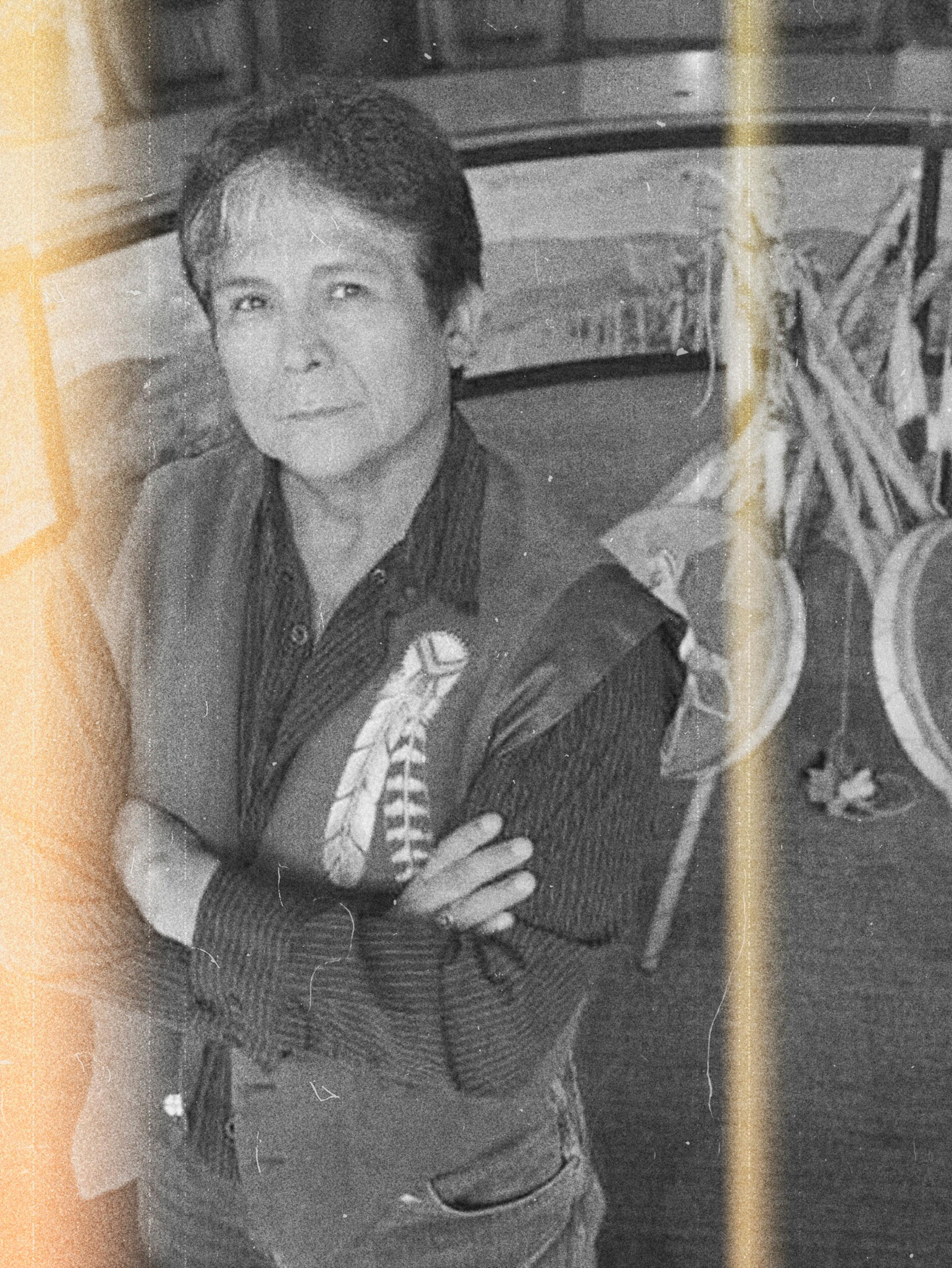
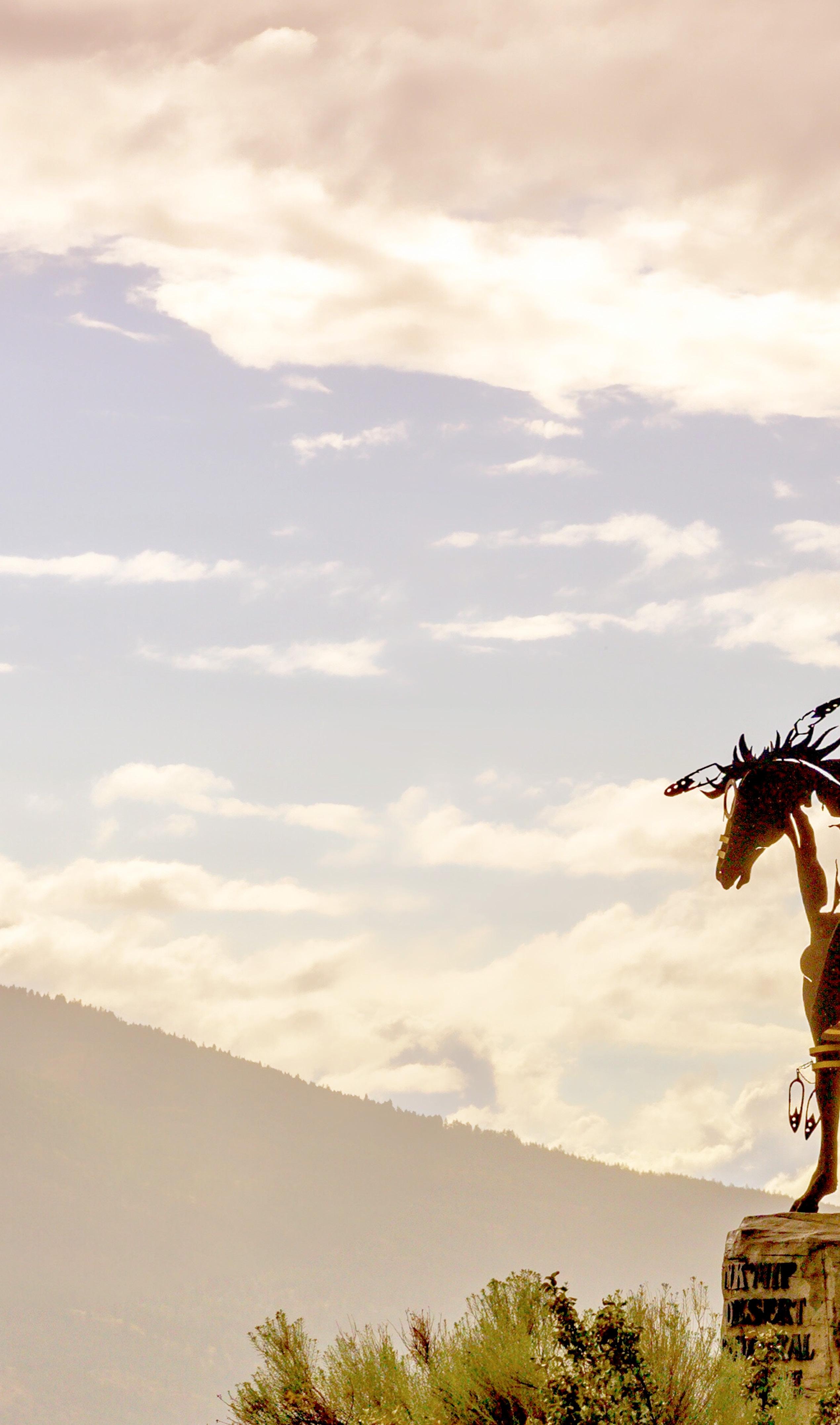
Indigenous-owned winery in Canada, a cement company, vineyards, a golf course, a ready-mix concrete company, forestry interests, gas stations, and convenience stores.
Osoyoos’s enterprise started with a land lease for the golf course in 1963, followed by the vineyards in the late ’60s and the Arterra winery in 1980. That was before Mr. Louie became Chief in 1984 at the age of 24.
Over nearly 40 years as the leader of his community, he has been an outspoken champion of Indigenous economic growth, a philosophy he outlines in noholds-barred fashion in his 2021 book Rez Rules: My Indictment of Canada’s and America’s Systemic Racism Against Indigenous Peoples.
Chief Louie speaks to the value of hard work “over nice speeches, apologies, or land acknowledgements,” which he describes as being “nice-for-themoment gestures” but ones that do not create jobs on a reserve or improve the quality of living of First Nations Peoples. “The French and the English (colonizers) didn’t want us to be independent. If you’re going to take somebody’s land away, you can’t do it when the Native people are economically and socially independent,” Chief Louie said in a recent interview. “So, you break them down. You kill off the buffalo, you starve them into submission. You make them what’s termed ‘hang-around-the-fort Indians,’ which means you sit on your
ass with your hand out and you depend on somebody else to feed, clothe, and shelter you.”
Federal and provincial governments control Indigenous Peoples by controlling the purse strings, says Chief Louie. “I don’t care if you’re Scottish, German, Black, or Indian, no society’s independent if it’s dependent on foreign aid. So, when the French and English came to our territory, they had to make us welfare cases in our territories. They had to kick us off our economic horse, so to speak. Because the way you colonize any Native group is make them beggars in their own homeland.”

The Indigenous Peoples of the Americas were industrious by necessity, says Chief Louie. They had to hunt, fish, and gather if they were going to eat. They had to build a teepee or a long house or some other structure if they were to have shelter from the elements. And they had to skin animals and sew the hides into garments if they were going to have clothing.
“Traditional societies worked hard for a living,” he says. “Even today, with the modern tools we have for hunting and fishing, even with modern boats and high-powered rifles and pickup trucks with four-by-four drive, hunting and fishing is still hard work.”
Pre-contact people also had their own economy, says Chief Louie. “That’s what ancestral graves have proved. I mean, the oldest one found near our rez, which
was 1,500 years old or more, had items that didn’t come from our territory, they came from further south. And in these old ancestral graves that are dug up all over North America—I am talking about the U.S. and Canada—they’ve all proven that our people had a system of trade, which is another word for business, with other tribal groups.”
But there are many First Nations today that have no economy, no business, and that means they have no independence and can’t financially support their community’s needs, he says.
“They rely on federal dollars. They have a band office fully funded by the federal government. Federal and provincial money has never properly funded one program on an Indian reserve, I don’t care if it’s in the U.S. or Canada. And that’s the recipe: You underfund. You make these Indians live in poverty. That’s how you keep Indian people poor. And that’s how you control them. You can’t control independent, wealthy people.”
On the Osoyoos reserve, there are more jobs than there are people to fill them. The First Nation’s website says: “Businesses thrive here because of our location, the richness of our land, and because we want to do business with the world. This is how we strengthen our future by protecting our past.”
The people of Osoyoos take pride in restoring their ancestral culture. The unemployment rate on the reserve is
below the national average. The kids are out-performing others their age in school.
Of course, there are still social problems. “Our reserve has people who went to residential school, who have had drug and alcohol affect their lives, and people who have been adopted out during the Sixties Scoop,” says Chief Louie. “A lot of Native people have had their work ethic broken, and it was a government intent to break the work spirit of Native people. They did a pretty good job at that one colonial goal.”
That’s why First Nations Peoples across Canada have the high unemployment rates, high incarceration rates, and high rates of children taken into foster care, he says. “When you create ghettos, it’s not that easy to get people out of that ghetto mentality.”
At Osoyoos, says Chief Louie, roughly 20 per cent of the population is weighed down by past trauma and unable to work at steady jobs. But their situations are understandable, he says, and they are not easy to change.
The mindsets he wants to alter are those of younger generations who have had relatively easy lives and have never enjoyed the feeling of accomplishment that comes from a day of hard, physical work.
“I’m just saying that even white people, their youth are getting lazier and softer,” says Chief Louie. “Sports participation is going down because today’s youth
don’t want to be out on the playing fields or out on the ice when they’ve got 500 channels to look at and they’ve got something in their hand they can flick their thumbs with. All of society is getting softer and more entitled.”

It seems that young people “don’t want to break a sweat. They don’t want to take on tough, labour-intensive jobs where you get dirty as a teenager. Everybody wants to work in an air-conditioned office,” he says.
Hard work makes you tougher, and it makes you fitter, says Chief Louie. “We got to get that Native work ethic back,” he says. “I’ve been on over 300 Indian reserves and reservations on both sides of the border. The hardest workers come from the generations that are now in their 70s. Traditionally all tribes worked hard for a living. Slackers starved or froze. A job gives you a sense of purpose. A job is a big part of your identity.”
Collectively, hard work leads to Indigenous independence, says Chief Louie.
All Indigenous Peoples “had some sort of economy before the white people came around and made you welfare cases,” he says. “You just gotta be willing to put the work in. Anyone will only go as far as their work ethic will carry them. Our people used to have a strong work ethic. So we’ve got to get back to it.”
The 13 Initiative: Growing Innovative Ideas, Passions, and Dreams
Fostering safe spaces for Indigenous Peoples to overcome barriers, while pursuing personal growth through innovation and entrepreneurship.
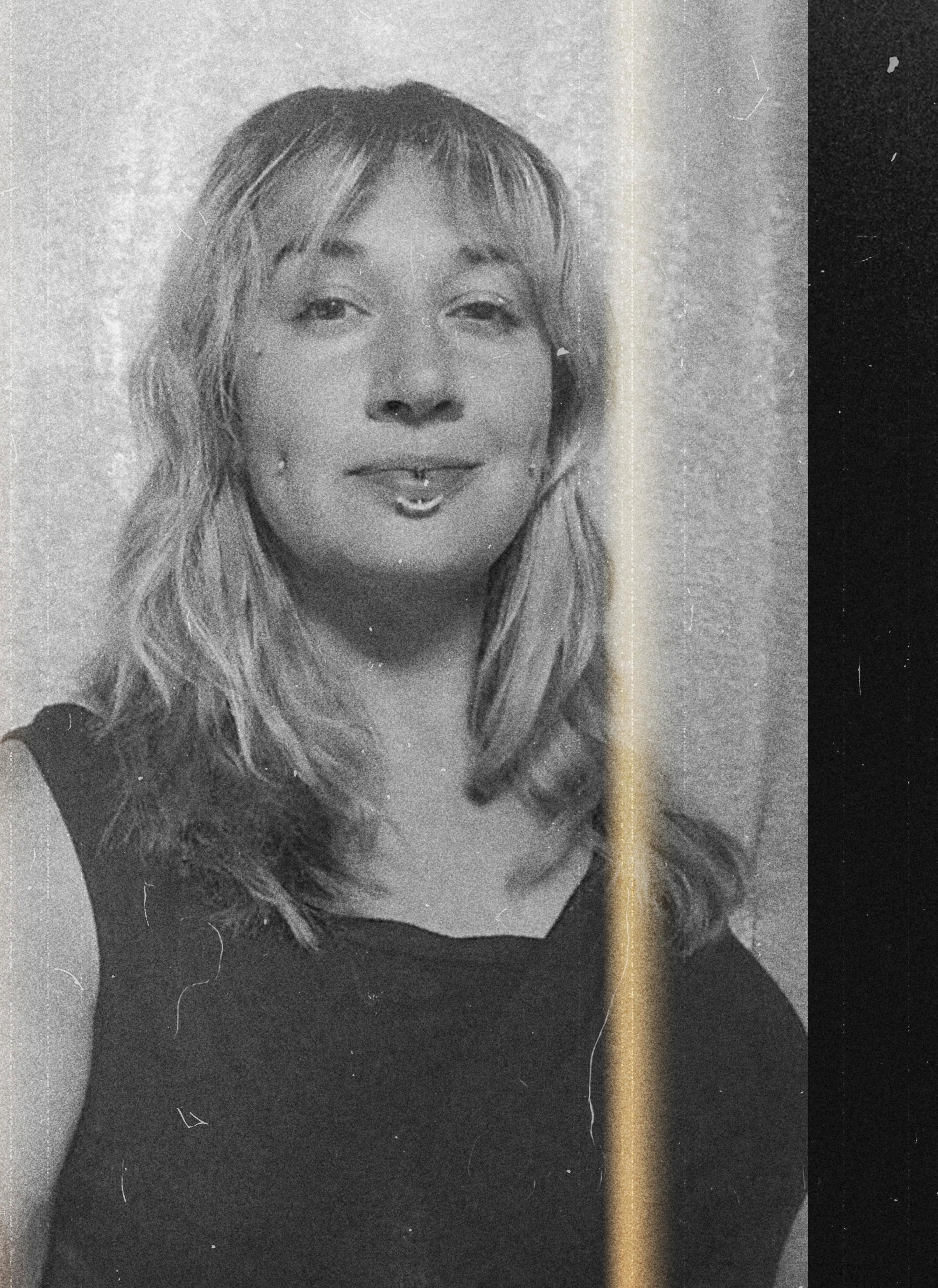 Pictured: Felix-Alexandra Langford-Pezzo, a lab associate with Indigenous Innovation Initiative (I3), assists in the funding process and consults with communities to develop opportunities for innovative entrepreneurs.
Pictured: Felix-Alexandra Langford-Pezzo, a lab associate with Indigenous Innovation Initiative (I3), assists in the funding process and consults with communities to develop opportunities for innovative entrepreneurs.
Innovation and entrepreneurship are powerful tools that drive positive changes. But when it comes to these spaces, Indigenous Peoples are faced with multiple barriers—hence the need for the Indigenous Innovation Initiative (referred to here as I3).
The initiative provides funding and opportunities for Indigenous Peoples’ innovative endeavours and passions.
Felix-Alexandra Langford-Pezzo, a lab associate with I3, helps applicants through the funding process and consults with communities in developing opportunities.
“The Indigenous Innovation Initiative is a platform that welcomes Indigenous Peoples—First Nations, Inuit, and Métis from coast to coast to coast—to grow their innovative ideas, passions, and dreams,” Ms. Langford-Pezzo says.
Though “not everyone is ready to dream yet,” Indigenous women, girls, Two-Spirit, transgender, and genderdiverse+ (WG2STGD+) people have always shared an instinctive drive for innovation, she adds.
“Innovation is in our ancestral DNA. We have always dreamed big for ourselves, our community, and our relatives. It used to be a community-led initiative, as whole groups would work together for the betterment of all. But, as many Indigenous Peoples have struggled with the traumas of colonialism, our focus had to turn inward to ensure our individual survival, which in the long
run has meant our collective survival, but at a cost of (losing) our connection with each other, our cultures, and our Traditional Knowledge,” Ms. LangfordPezzo says.
But in Ms. Langford-Pezzo’s view, not all is lost. Many people and organizations, including I3, are working to rebuild and help dreams flourish and become tangible, innovative realities.
potential by leaning on one another for motivation and support. This is what I3 is doing for Indigenous Peoples.
“I bring up community a lot … and I’d like to clarify what I mean. I don’t solely mean a person’s immediate community or their neighbourhood community. When I mention community, it is to encompass everyone you share space with over time. Your small friend group, that’s a community. Your co-workers and bosses, community. Your home nation, community. Your current city/town/ reserve/village, community! There are so many different levels of community in our lives, and we can forget that we all are connected somehow,” she says. “Big-picture thinking is needed, but also recognition that the details and little things add it all up.”
It’s important not to lose sight of where we’ve been, she says, emphasizing the importance of not leaving our stories, traumas, or experiences behind, but instead carrying them with you through healing and growth.

“By looking back, we see what drives us to dream. And when we look forward, we can be inspired by the potential impact we can create for all our communities— local and coastal,” she says.
For Ms. Langford-Pezzo, community and innovation go hand in hand. When Indigenous Peoples surround themselves with other like-minded people, they can grow into their full
A Gender Equality Program was recently launched by I3, which “strives to create an Indigenous innovation ecosystem, a community where Indigenous Peoples can test their dreams, grow their passions, and feel safe in a space that has been Westernized and colonized,” Langford-Pezzo says. It’s a space that allows them to “feel seen, heard, and honoured, while they navigate the granting system without feeling forced to conform to a system that wasn’t built to see them initially.”
The Gender Equality Program provides grants and supports specifically tailored to Indigenous WG2STGD+ people and is currently the only organization in Canada offering this.
“I believe we are now starting to see the change; we are healing. Slowly we are reconnecting—to our spirits, to our ancestors, to our community, and to our culture,” she says.
“It’s built by community, for community. Part of what makes it so unique is that it’s “continuously adapting and evolving to be safe and affirming for all to be in,” with the goal of providing the resources and having confidence in amazing ideas and people, she adds.
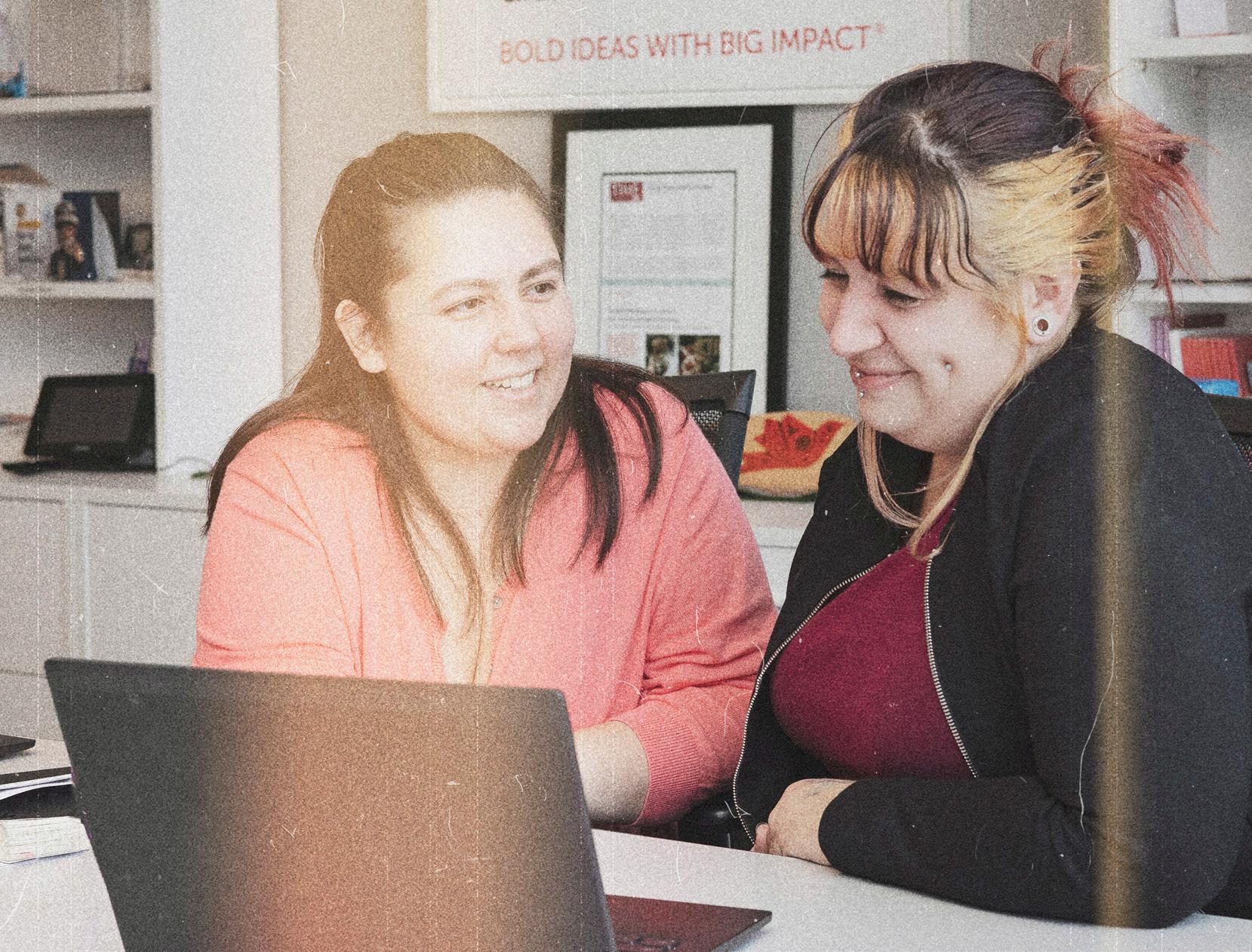

“Social innovation is more than imagining new ways of doing things. It can also be about drawing inspiration from our ancestors, those Seven Generations in the past, and our future ancestors, the Seven Generations to come. It can be about creating dream medicine with every Indigenous-led social innovation that sprouts.”
Archaeologist turned artist: Showcasing contemporary art, while promoting equality, matriarchy, and the reclamation of the good life
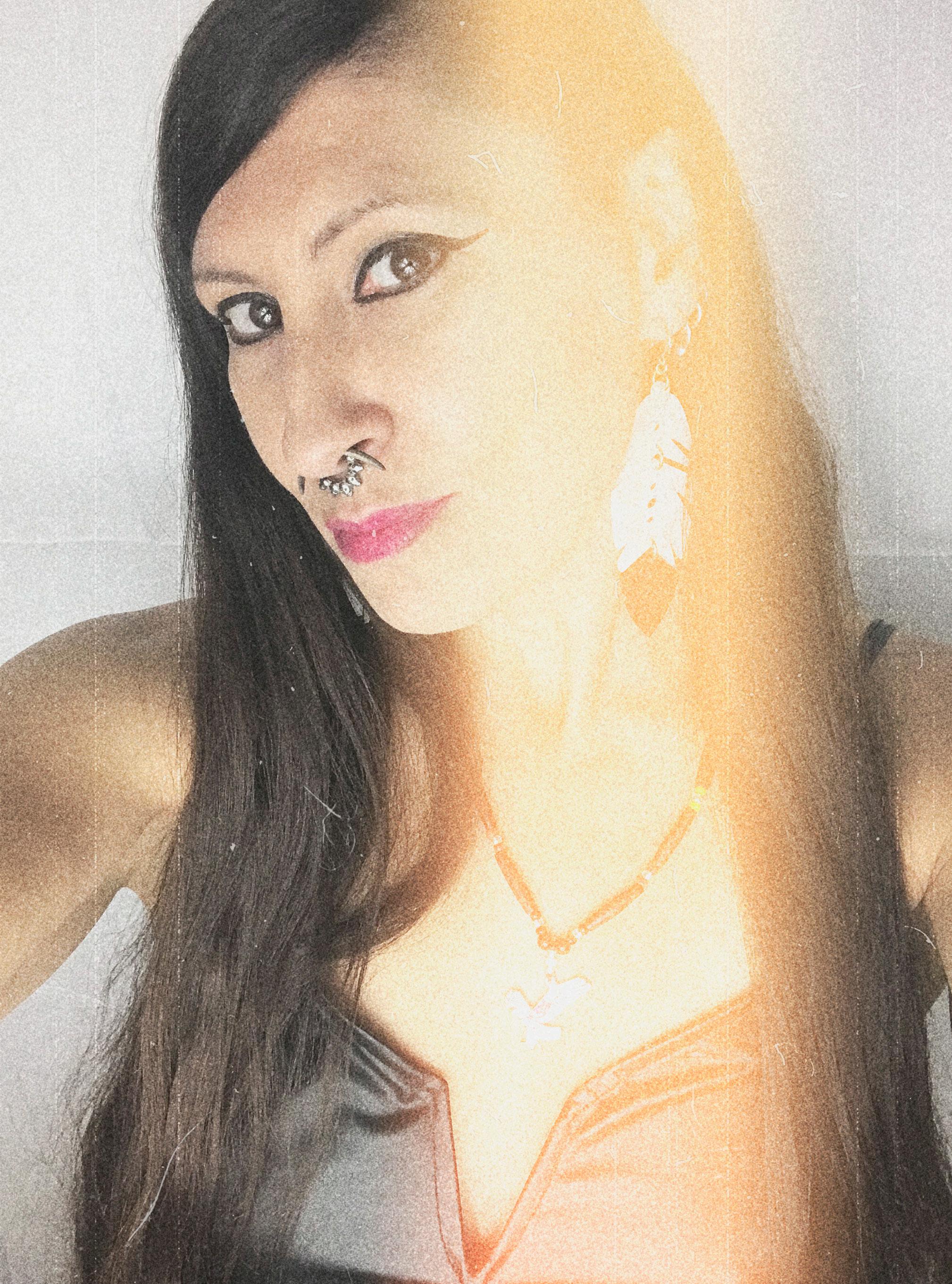
(Night Singing Woman) used to spend her days resurrecting buried traces of human civilization. Today, she promotes modern-day culture through exhibitions that showcase the work of contemporary Indigenous artists, including her own.
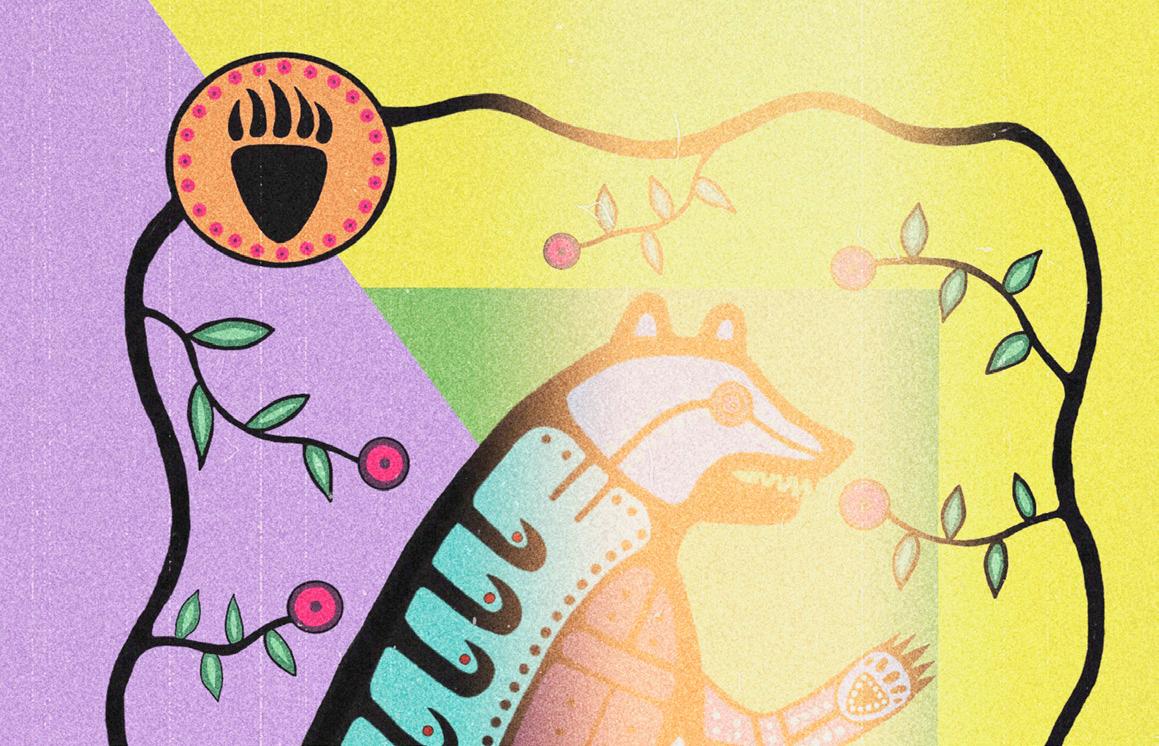
Ms. Whiteway, a Saulteaux-Métis member of Berens River First Nation (Manitoba) who lives in Calgary, is a trained archaeologist. She has worked in places like Jordan, Ethiopia, Italy, Iceland, and Canada, uncovering the remnants of human civilization.
In recent years, she turned to her other love—visual art in the form of digital works, paintings, photography, and crafts that speak to the Indigenous experience. And, through her company called Oji Creations, she curates exhibitions that feature other artists.
But the archaeology came first, and she hopes to eventually reincorporate it into her work.
“As a child, I was either going to be an archaeologist, a paleontologist, a herpetologist, an entomologist, or a veterinarian,” Ms. Whiteway said in a recent interview. She ended up doing office work immediately after high school. But that wore thin by the time she was 25.
“So I went back to my childhood interest—archaeology,” says Ms. Whiteway. “I really wanted to be working outside doing things that I loved.”
She obtained a bachelor’s of science degree in archaeology concentrating in physical anthropology and a bachelor’s degree in Greek and Roman studies. Then she completed a master’s degree in anthropology with a specialization in archaeology.
“I was actually working with living people rather than people of the past for a lot of my academic career,” says Ms. Whiteway. Her research in Jordan was focused on ethnoarchaeological
“When women are promoting their beadwork, or their arts on social media, it’s a way to help their family.”
analyses of the mortuary practices of the Bedouin, through interviews and studies of graves and cemeteries.
“Oftentimes, nomadic people are left out” of archeological study, she says. “Archaeologists think that they’re undetectable on the landscape. I was coming up with methods to prove that they are detectable on the landscape,” a study that could also be applied to the nomadic peoples of North America. After academia, she moved on to work in the field of cultural resource management and became a permitholding archaeologist in Alberta. She worked at a variety of archaeological sites in Alberta, B.C., and Manitoba. Then COVID hit and she was laid off while she was pregnant and trying to escape a difficult domestic situation.
“So, I pivoted towards my arts career.”
Art had been a side gig for Ms. Whiteway, who had used the proceeds from the sale of her work to subsidize the archaeology, which was mostly seasonal. She works in the woodland style, which blends myths and legends with contemporary mediums.
Ms. Whiteway started as a painter but found it difficult to carry heavy paints, brushes, and canvases to the field while she was away for up to three weeks at a time doing archaeological fieldwork. So she turned to digital art, which required her to carry only her iPad and stylus. She’s also a photographer, and creates other crafts like medicine bags, jewellery, and dreamcatchers.
Fort Calgary, she uses visual imagery to educate the viewer about the decimation of the bison to starve Indigenous Peoples into submission with the westward expansion of the railroad.
Ms. Whiteway has also allowed her work in archaeology to inform her art. She recently completed a piece of rock art using ochre, which has been a traditional medium of rock painting for Indigenous Peoples in North America for thousands of years.
Now she is promoting the work of others.
That started in July 2020, after the archaeology had come to a halt during the pandemic. As she was lying in her hospital bed after giving birth to her son, she started thinking hard about an Indigenous art show she had been asked to curate.
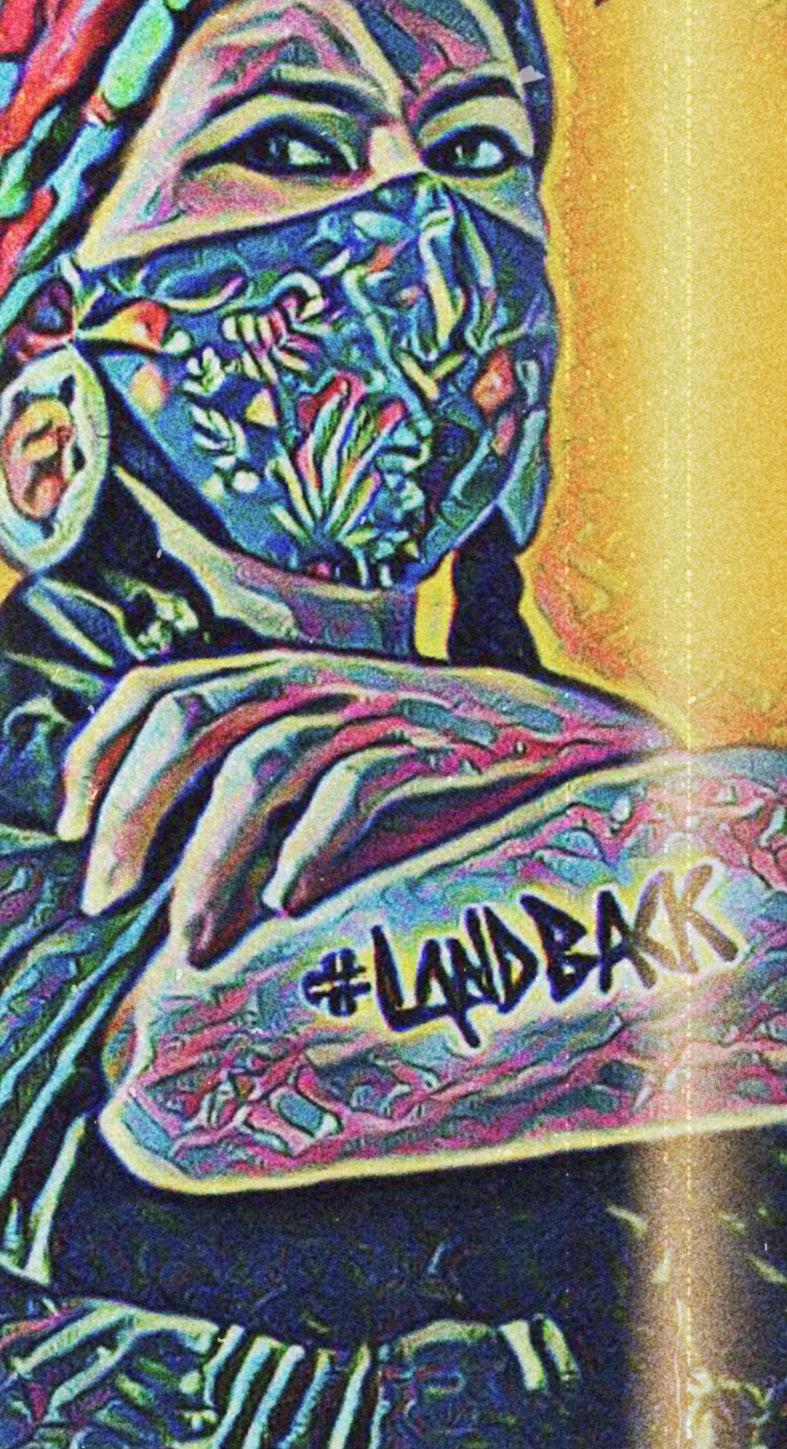
“For example, one piece that I have is called Gone Too Soon. It highlights an Indigenous mother who was grieving the loss of her child to suicide. Along with the descriptions of that artwork, I bring up some of the suicide rates of Indigenous Peoples across Canada and how they are much higher than the average population.” In another piece called The Great Slaughter, situated at
“That’s when I decided on the topic of Indigenous Motherhood and Matriarchy,” an art exhibit that was held in three different spaces, says Ms. Whiteway. “I was highlighting the voices of a lot of other Indigenous creatives through those exhibitions. My work was also in those exhibitions, but it was primarily about elevating the voices of other Indigenous women, with a focus on Indigenous motherhood and matriarchy, as many Indigenous Peoples are moving towards ‘rematriation’.”
Ms. Whiteway went on to curate other shows such as From the Land: Indigenous Ecological Art for a New Era and a photography exhibit named MinoPimatisiwin: Reclaiming the Good Life. Now, curation occupies much of her
“I use a lot of my photographic pieces to highlight Indigenous issues and to create activist art. It creates a dialogue and educational opportunity between Indigenous and nonIndigenous people,” she says.
time and she currently works with the Making Treaty 7 Cultural Society doing curatorial work.
“A lot of the other artists who were first time exhibitors in my exhibitions have gone on to do other exhibits as well,” she says. “They start growing their voice and growing their confidence. It makes me so proud to see them succeed in the arts. Many of them are starting to focus on their art full-time, when it’s able to support them economically.”
This is important at a time when Indigenous entrepreneurship is outpacing the growth of entrepreneurship within the general population, says Ms. Whiteway. “When those women are promoting their beadwork, or their arts on social media, it’s a way to help their family,” she says.

But Ms. Whiteway says it is also necessary to make Indigenous artists see their worth. She points to a report called Demographic Diversity of Artists in Canada in 2016, which states that Indigenous artists make 68 cents for every dollar made by non-Indigenous artists. “So part of the mentorship I’m providing them is to try to be firm with their prices and to price things properly.”
Today, Ms. Whiteway is making more money as an artist than she did as an archaeologist, in part because archaeology is seasonal work and art is not. She is planning to rebrand her company from Oji Creations to Sweetgrass Indigenous Services, which will focus on Indigenous consultation, research, Traditional Knowledge, and archaeological assessments, in addition to the production of artwork and curatorial services.
But, for now, art is keeping her busy, “especially since the pandemic and Indigenous Lives Matters and Black Lives Matter have elevated our voices,” she says. “Then, with the discoveries of graves at residential schools, people have really been starting to give more attention to the Indigenous arts and are trying to find equity for these artists.”
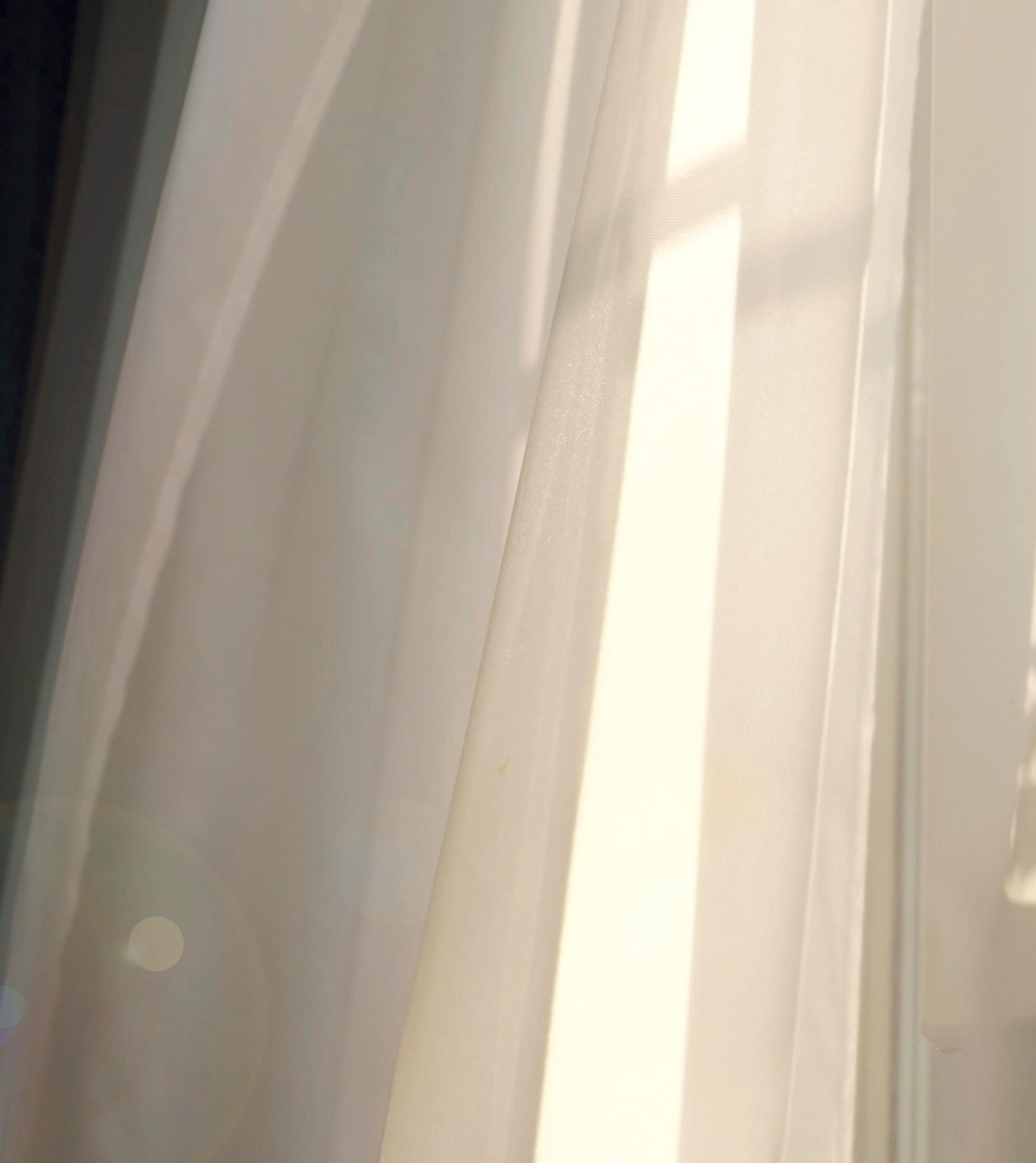
A star-blanket artist from Fisher River Cree Nation strives to overcome financial barriers to secure a long-armed sewing machine to revolutionize her business.
Star blankets are quilts that tell of legends
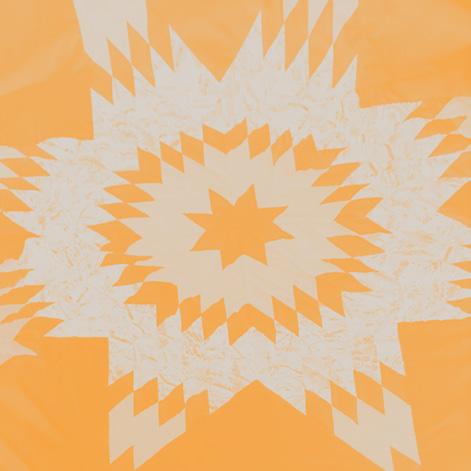
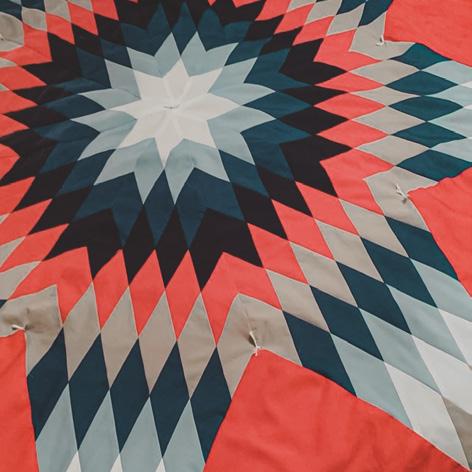
Different colours represent different elements of nature
Seven Grandfather Teachings love, respect, bravery, truth, honesty, humility, and wisdom
Cree teachers put blankets with seven-point stars into their sacred bundle
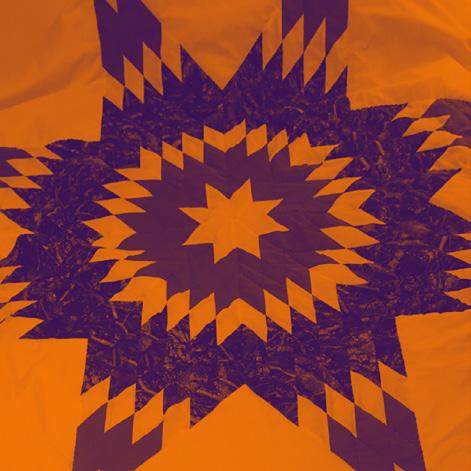
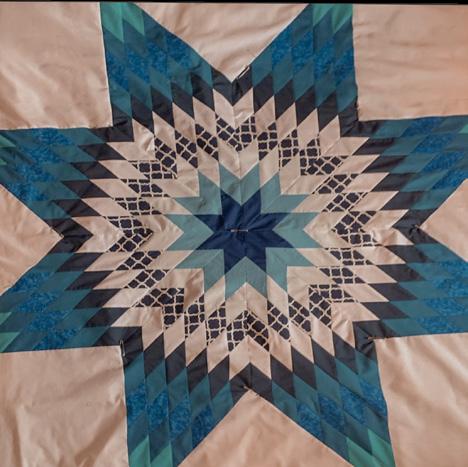
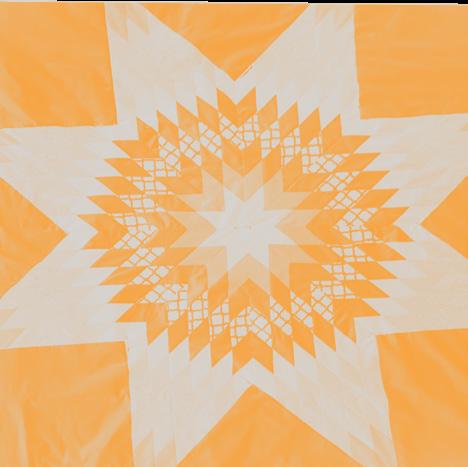
The pattern reflects the Seven Grandfather Teachings
Making a star blanket takes 12 to 16 hours (with a machine)
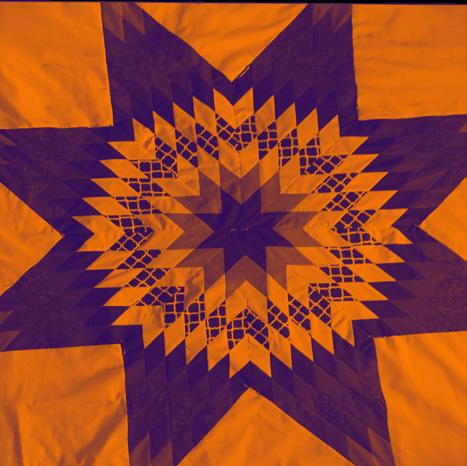
fell in love with the long-armed sewing machine the moment she saw it at a shop in Winnipeg.
It would cut the amount of time it takes her to make a star blanket by a third, maybe even more. That would mean she could make more of them, increasing her profit and her family income.
But the long-armed sewing machine she covets—the kind that sits on a folding table—costs $11,000. While it’s half of the $22,000 cost of a long-armed sewing machine that sits on a frame, it is still far more than she can afford. And trying to borrow money to cover the costs of capital expenditures is not easy for people like Ms. Sinclair who live on a First Nation.
“If I’m having this issue, imagine how many other home businesses run by women who are crafty or gifted are having these same problems,” Ms. Sinclair says in a recent interview.
Ms. Sinclair, who is half Cree and half Ojibwe, lives on Fisher River Cree First Nation, a two-hour drive north of Winnipeg. She learned how to make star blankets about 13 years ago during a craft night on the reserve. There was no childcare available, so she brought her daughters, who were then 9 and 13 years old, and they too joined in the lesson.
and the giver chooses the colours to reflect the personality of the recipient.
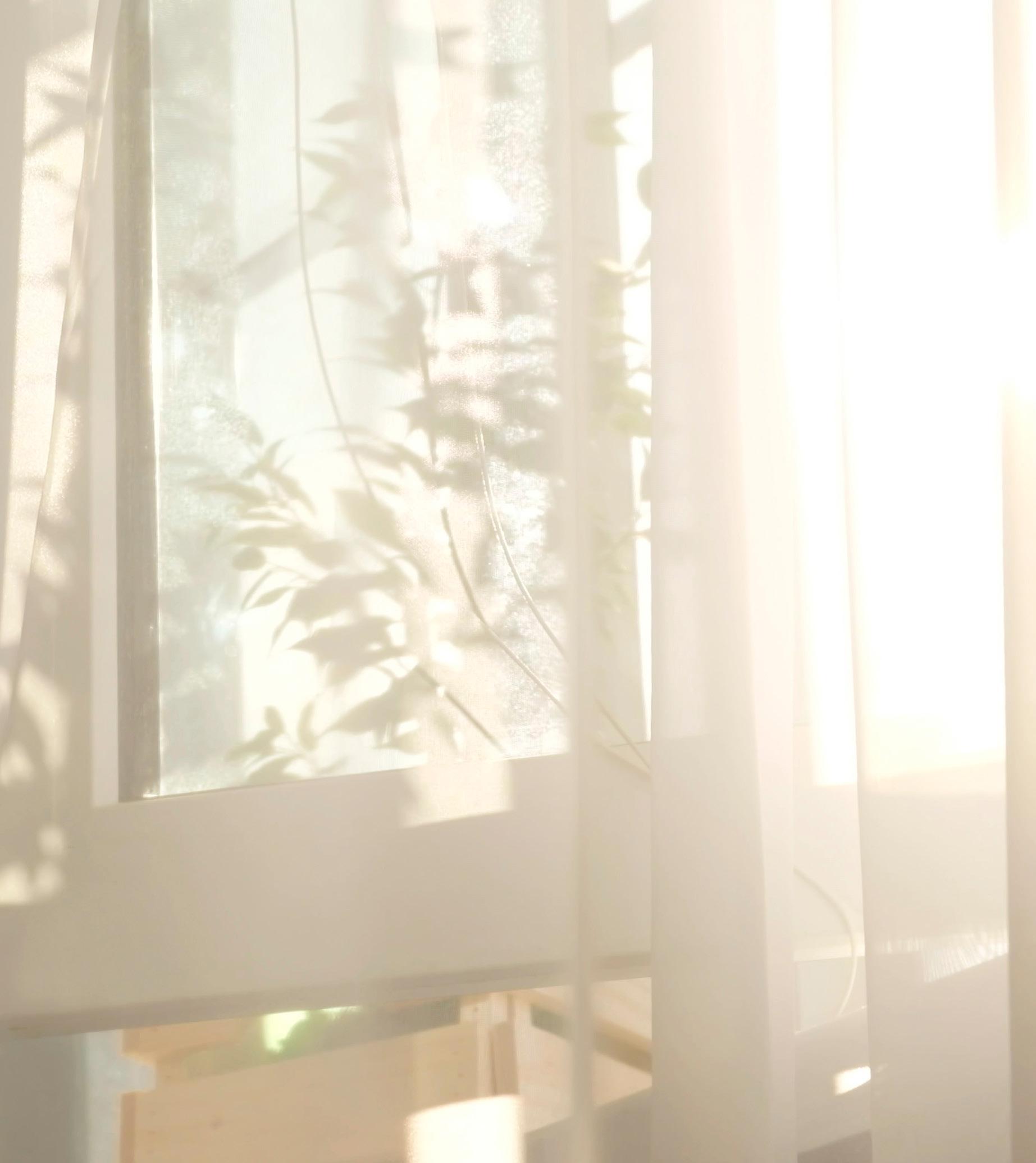
Tragically Hip singer Gord Downie was given a star blanket by the Assembly of First Nations at a tearful honouring ceremony in the months before he died. The blanket was meant to honour Mr. Downie’s work to highlight the atrocities of residential schools.
After her first lesson, Ms. Sinclair quickly became an expert star-blanket maker. She purchases her fabric on trips to Winnipeg when she does her grocery shopping, making sure not to forget any essential pieces because it is a long drive back.
Her customers generally specify what colours they want. And she is trying out new designs.
Recently, she has been experimenting with a seven-point star, which she laughingly describes as “astronomically impossible.” But it is a pattern that is in high demand because it reflects the Seven Grandfather Teachings— love, respect, bravery, truth, honesty, humility, and wisdom—and because there are seven stars in the Big Dipper, which is an important symbol in Cree culture.
Some Cree teachers want to put blankets with seven-point stars into their sacred bundle, which makes them popular items.
Making a star blanket is time-consuming. The initial work, which takes six to eight hours, can be done on a sewing machine.
Aliquam in fermentum urna. Qsque id odio dict varius sem eget, Qsque id odio dictum,licitdin licitdin nisi. Sed eleifeumsan eget. Seistique massa sit.
Star blankets are quilts that tell of legends and events that are significant in the culture of the maker. They are usually given as gifts. Different colours represent different elements of nature,
The rest of it, the fiddly part that takes an additional six hours, must be done by hand.
They say pressing the foot of a sewing machine should be like pressing a gas pedal, says Ms. Sinclair. “You go as fast as you want or as slow as you want. But I press it as fast as it’ll go when I’m sewing. I always find the fastest way to do things.”
Even so, she does not have the time to make extra blankets that could be sold in shops because she is so busy filling her orders.
The hand stitching is such an arduous process that many star-blanket makers take piles of their blankets to Hutterite and Mennonite communities near Portage la Prairie, where the women can do the final stitching quickly and more cost-effectively.
So, when she saw the long-armed sewing machine, which can reach into the centre of the blanket to do that detailed work, Ms. Sinclair knew she needed to have one.
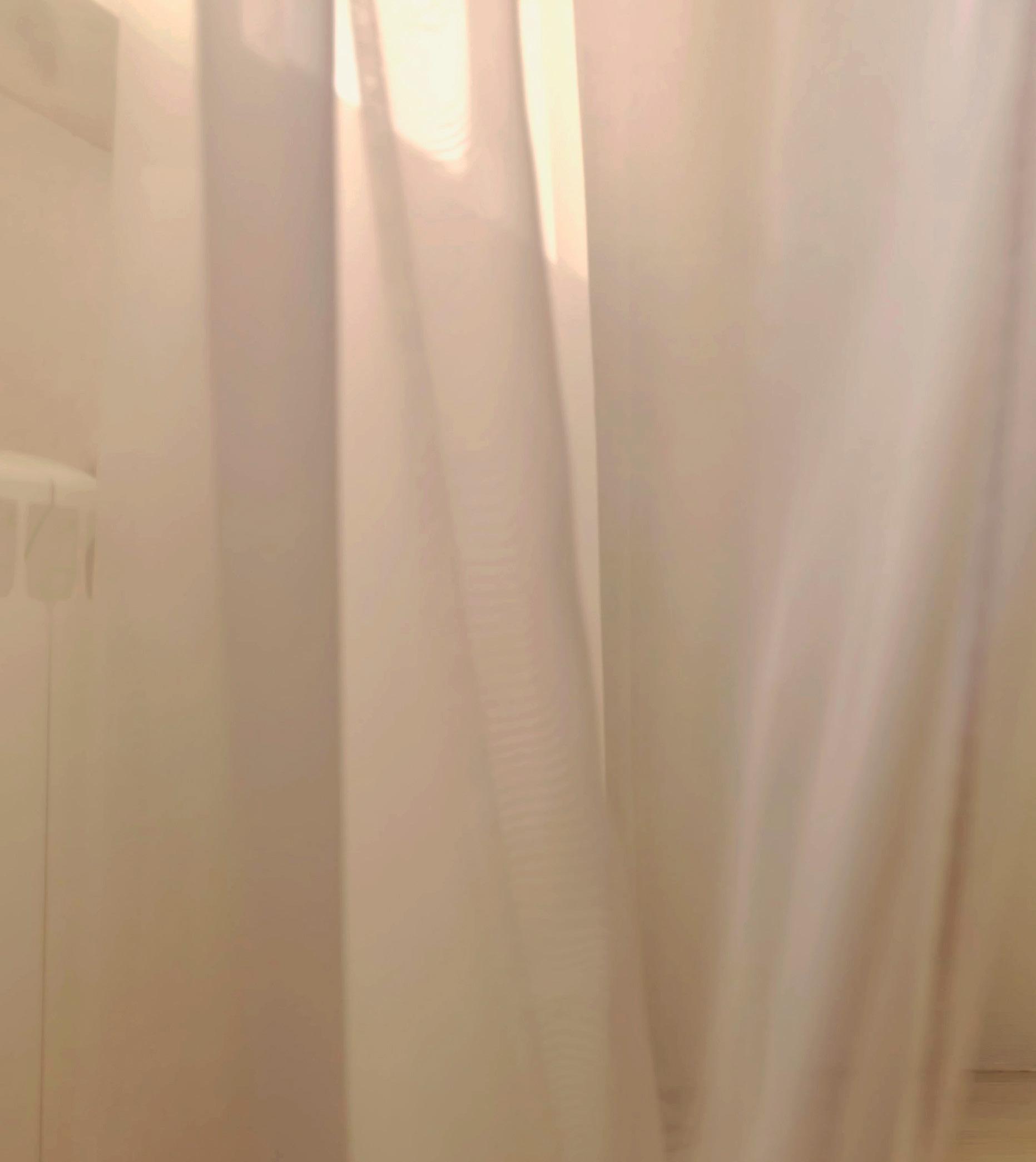
The woman in the Winnipeg shop let her give it a try.
“I was making floral designs freehand. I also draw so it was just easy for me to get that pattern of floral leaves. And I know leaves are in style for appliqué work and beadwork,” she says. “I was like, ‘oh, I need this.’ I was already thinking of ways that I could make the blankets a little more digitized.”
But the $11,000 price tag of the sewing machine was prohibitive. That would take a lot of queen-sized star blankets, which Ms. Sinclair sells for $450 a piece.
And the sewing-machine saleswoman explained that the machines work best on blankets that are made with more expensive, high-quality batting, which she suggested purchasing by the roll. “I didn’t even get into the cost of that,” says Ms. Sinclair.
About four years ago, she says, one of her daughters took a 10-week course in running a small business that was offered on the reserve. She enrolled in it because she wanted to find out how to get her mother the money to buy the sewing machine and was initially told that money was available. But “after her program, she started inquiring about accessing that money, and they told her no, there isn’t money for that,” says Ms. Sinclair.
One of her First Nations friends who wanted to open a convenience store was told that he would have to hire an accountant and a lawyer, and come up with $25,000 of his own money to access some of the public funds that were being offered to Indigenous entrepreneurs, says Ms. Sinclair.
There is a lot of expense in running a small business on a reserve, and capital is not easy to obtain.
Still, Ms. Sinclair hasn’t given up hope that she will find a way to pay for the sewing machine. It would mean so much to her operation and to her family’s bottom line. It has been a struggle, she says, “but that’s what I want to do, from a business perspective … and I am hoping to get it.”
Unlike other Canadians, people who live on reserves cannot use the equity in their homes as collateral for loans. That makes business financing much more difficult to obtain for
Aximperiaes estrumqui qua, odis nectur ab errum audignatem.
“If I’m having this issue (securing a loan), imagine how many other home businesses run by women who are crafty or gifted are having these same problems.”
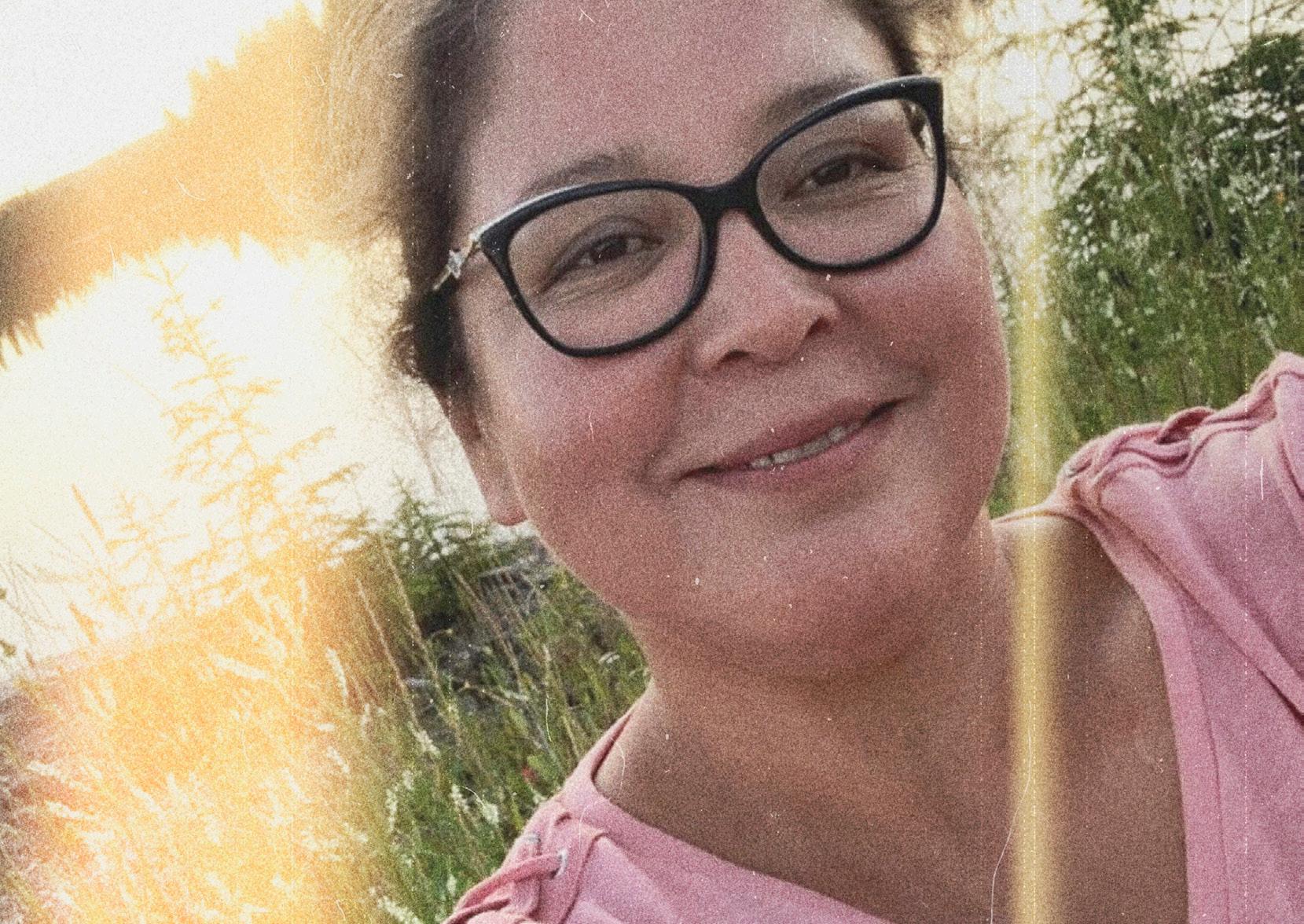 - Marcie Sinclair
- Marcie Sinclair
Aliquam in fermentum urna. Qsque id odio dict varius sem eget, Qsque id odio dictum,licitdin licitdin nisi. Sed eleifeumsan eget. Seistique massa sit.
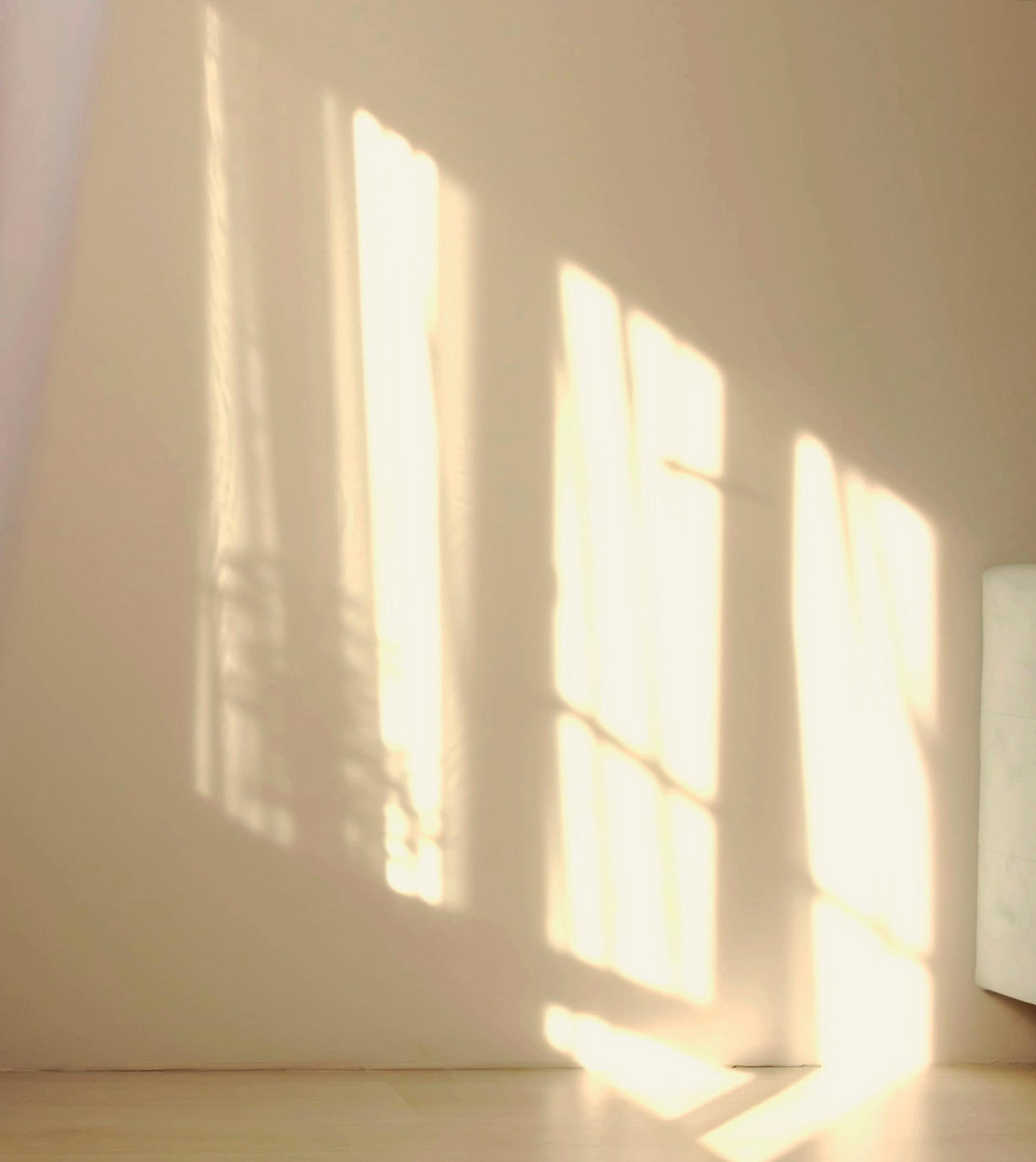
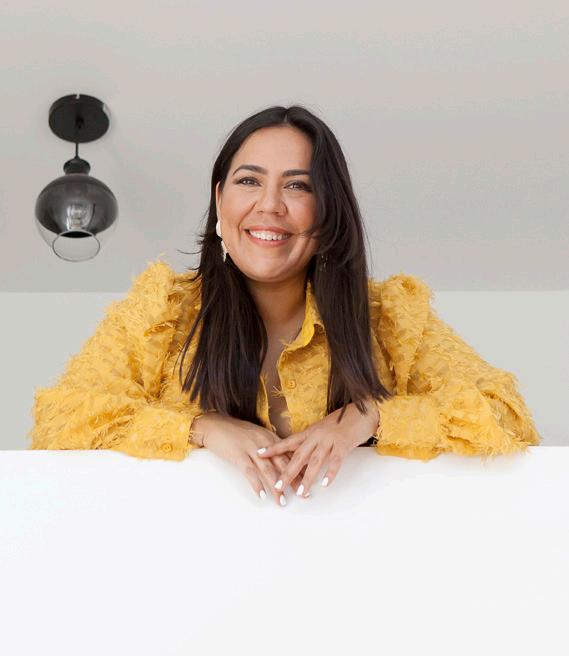
is giving Indigenous entrepreneurs a chance to showcase their ideas in a forum that would have been familiar to her Anishinaabe ancestors—the powwow.
Ms. Tenasco, a qualified high school teacher from Kitigan Zibi Anishinabeg First Nation in Quebec, north of Ottawa, is the founder of Powwow Pitch, a platform from which Indigenous Peoples can bring their business ideas to life in a culturally safe environment— and garner support, mentorship, and potentially some prize money.
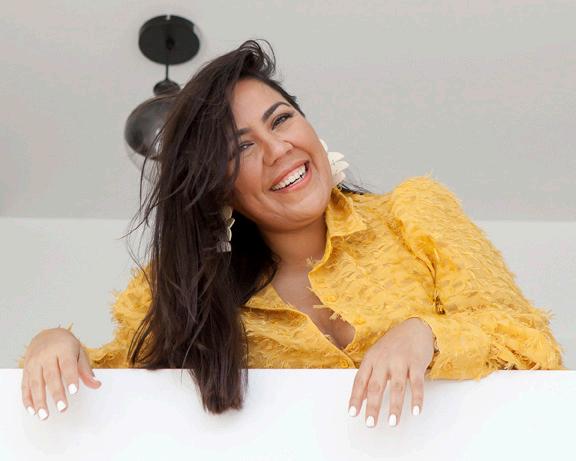
Media depictions of First Nations, Inuit, and Métis Peoples tend to focus on hardship, Ms. Tenasco said in a recent interview. “So, my goal is to be like ‘hell, yeah, look what the Indigenous Peoples are doing, and buy from them, because we’re here doing great things.’”
Powwow Pitch started with a pitch of her own in 2010, to the Canadian television show Dragon’s Den where individuals bring their business propositions before a panel of five wealthy potential investors.

Ms. Tenasco’s idea was a little bit like the Dragon’s Den format itself. Indigenous vendors, artists, and innovators compete with each other at powwows to see who has the best business concept, as determined by a panel of judges. The winners get a chance to compete for donated cash prizes of up to $25,000.
The aim is to provide the budding entrepreneurs with the platforms, programs, and resources they need to turn their businesses into profitable enterprises.
Doing the pitch competitions at powwows, like the ones she has attended with her family since she was a kid, just made sense, says Ms. Tenasco.
Powwows always involved trade. “So, I was like, let’s bring it to where entrepreneurship is already happening, and
“At every Powwow Pitch there’s tears, happy tears. To be able to create those moments, that gives me a lot of fuel to continue the work that I’m doing.”
kids can learn, and they’re included and they’re watching. It’s very communityfocused, just like a powwow.”
Two of the Dragons—Brett Wilson and Arlene Dickinson—believed in Ms. Tenasco and offered her a $20,000 loan and their support. “It literally changed my whole life’s path,” she says. “I went on Dragon’s Den and that was the beginning for me.”
the $25,000 Grand Prize presented by RBC and Shopify. Her company, Kejic Productions, based in Winnipeg, tells Indigenous stories through film and video.
Other big-name sponsors that have come on board include Meta and Mastercard. Sponsors take part in many ways in addition to financing. They are judges and mentors. Some offer boot camps for promising candidates. Ms. Tenasco says they want to be part of Powwow Pitch because it tells the public something about their principles and the things they care about.
As for the pitches, they run the gamut. “We’ve seen women-run construction companies, women-run truck driving companies,” says Ms. Tenasco. “We’ve seen cosmetics. We’ve seen a lot of artists. We’re just starting to see more tech, especially in the past year.”
work that we do, and how do we do it in the Anishinaabe way, in a good way, in a thoughtful and thorough way? So, we’re not in a huge rush to grow, but we’re hearing that there’s demand, so we’re working at it.”
No matter what happens to Powwow
Pitch in the future, says Ms. Tenasco, it will remain a community-based platform. And communities ultimately benefit.
“I look at the actual person that it can help—the person, not the people,” she says. “And then we take it the next step up, and then the next step up.” Being in a situation of financial stability because your business is successful is the key to so many things, says Ms. Tenasco. As a divorced mother of four children, she says, being financially independent got her out of some bad situations.
Last year, when pitches could be made online for the first time, more than 2,400 applicants asked for the opportunity to show their ideas.
The in-person pitches at powwows run the gamut. Anyone who shows up can take the stage.
The online pitches, on the other hand, are segmented into categories like youth, technology, apparel, art, and so on.
The overall winner of the 2023 competition, which was held in the fall of 2022, was Erica Daniels, who took home
What appeals to one judge may not appeal to another, she says. Each is looking for different qualities in the entrepreneurial hopefuls.
There are discussions about branching out to different countries. Ms. Tenasco travelled to New Mexico in April 2022 to take part in a Gathering of Nations, the biggest powwow in North America. And she was invited back to New Mexico in October where she led a pitch with Native Women Lead, an American organization that promotes investment in Indigenous women.
“Yes, we’ve started conversations internationally,” she says. “But how do we grow and maintain integrity in the
“If you’re from (an Indigenous) community, you can’t just go to a bank and get a mortgage like a nonIndigenous person can because there’s no collateral,” she says. “So how do you do that? How do you provide a house for yourself and your family? If you’re economically independent, now you’re safe, now you’re going from survival mode to thriving mode, and then you’re uplifting your community.”
Being on a good financial footing has been one benefit of starting Powwow Pitch. But the real reward has been emotional, explains Ms. Tenasco, who says she loves her role as cheerleader for Indigenous entrepreneurs.
The first Powwow Pitch competition was a great success with much positive feedback. By 2018, it was being featured in episodes on the Startup Canada website, and had attracted big sponsors, like the Business Development Bank of Canada.
“I mean, you really just have to be there to witness it. I don’t think that I can articulate it properly. But it’s the pride that everybody feels in participating. And I don’t just mean the winners. I mean the pitchers. I mean the mentors. I mean the judges and the audience. Everybody wants a reason to be proud,” she says. “At every Powwow Pitch there’s tears, happy tears. To be able to create those moments, that gives me a lot of fuel to continue the work that I’m doing.”
“I look at the actual person that it can help. And then we take it the next step up, and then the next step up. If you’re economically independent, now you’re safe, now you’re going from survival mode to thriving mode, and then you’re uplifting your community.”
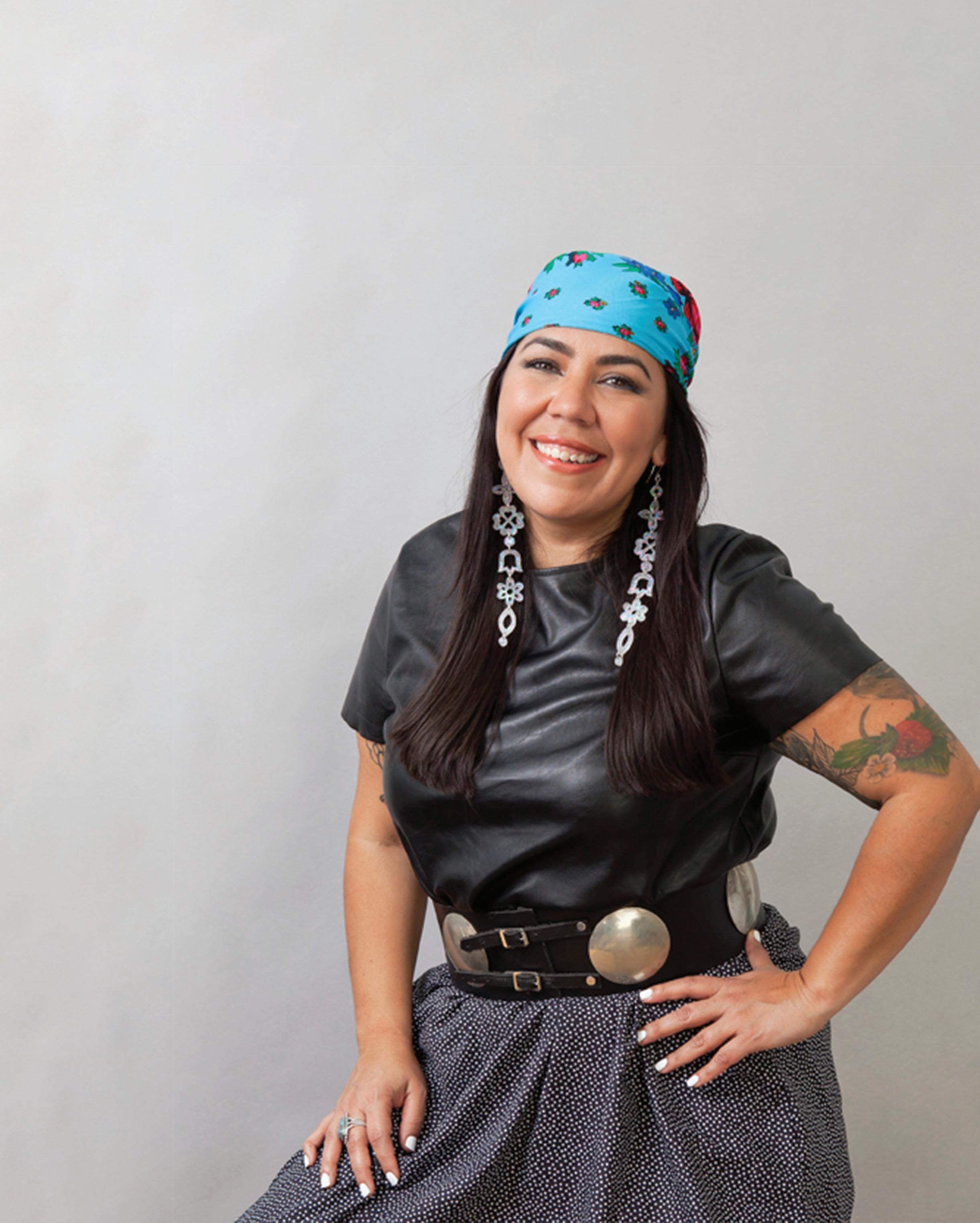
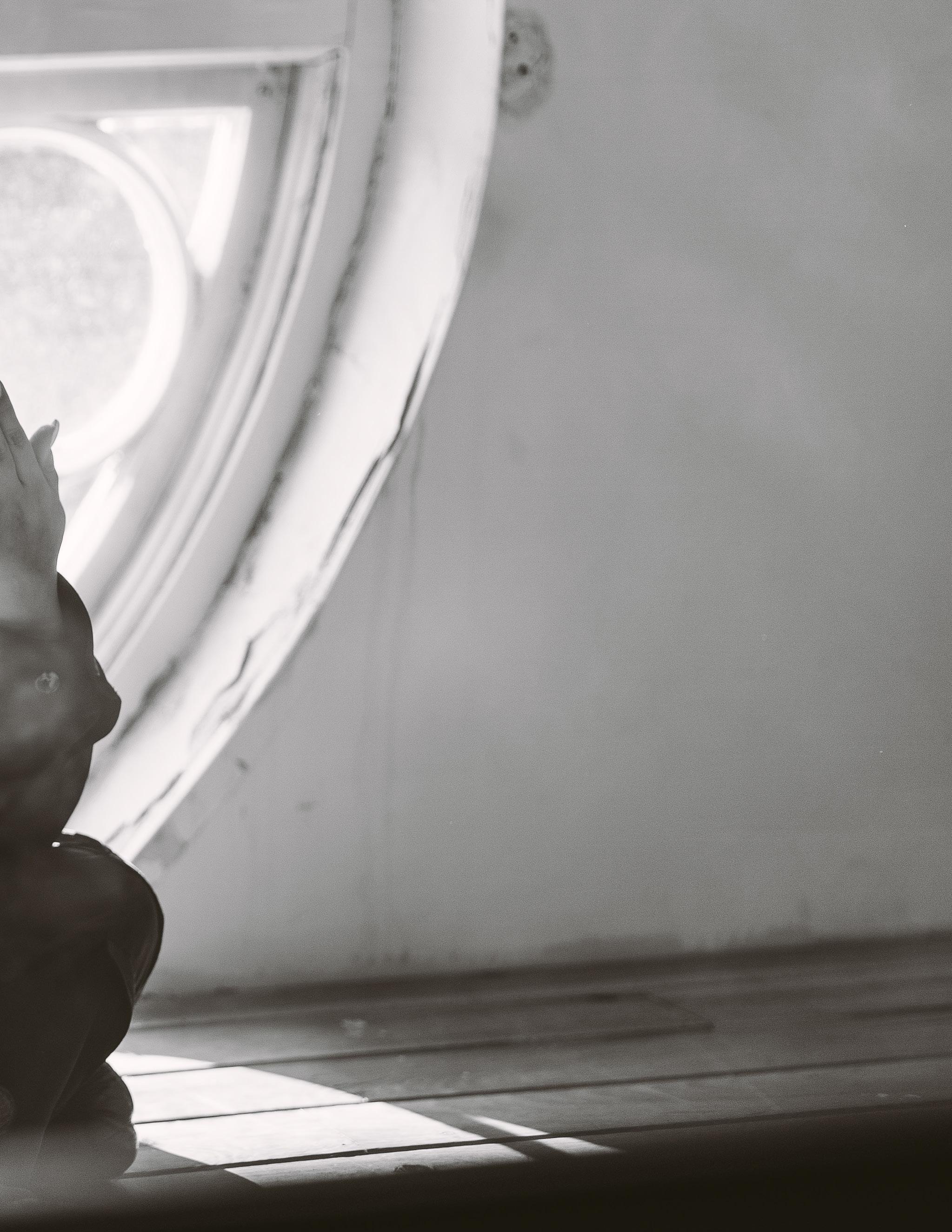
is a monthly magazine of the Native Women’s Association of Canada (NWAC). Its objective is to highlight the work of the organization and to tell the stories of the Indigenous women of Canada.
NWAC, which was founded in 1974, is a national Indigenous organization representing First Nations (on and off reserve, with status and without), Métis, and Inuit women, girls, and gender-diverse people in Canada. Its goal is to enhance, promote, and foster the social, economic, cultural, and political well-being of Indigenous women within their respective communities and Canadian society.
JOAN WEINMAN

GLORIA GALLOWAY
KYLA ELISABETH
ASHLEY FOLEY
